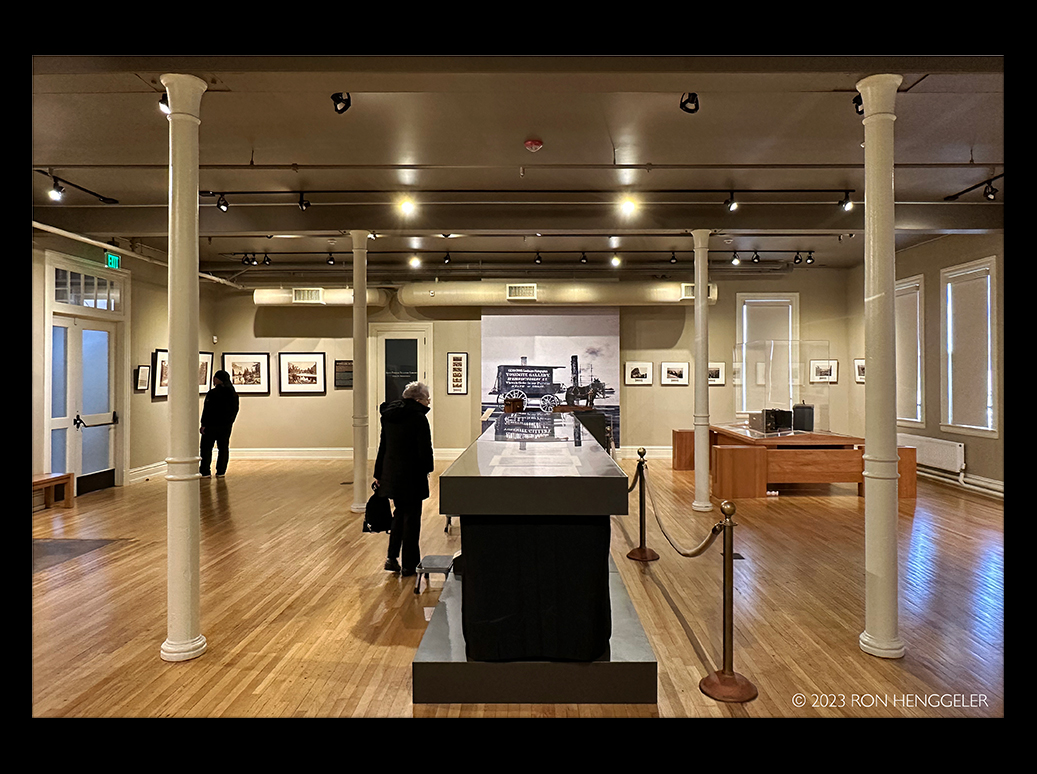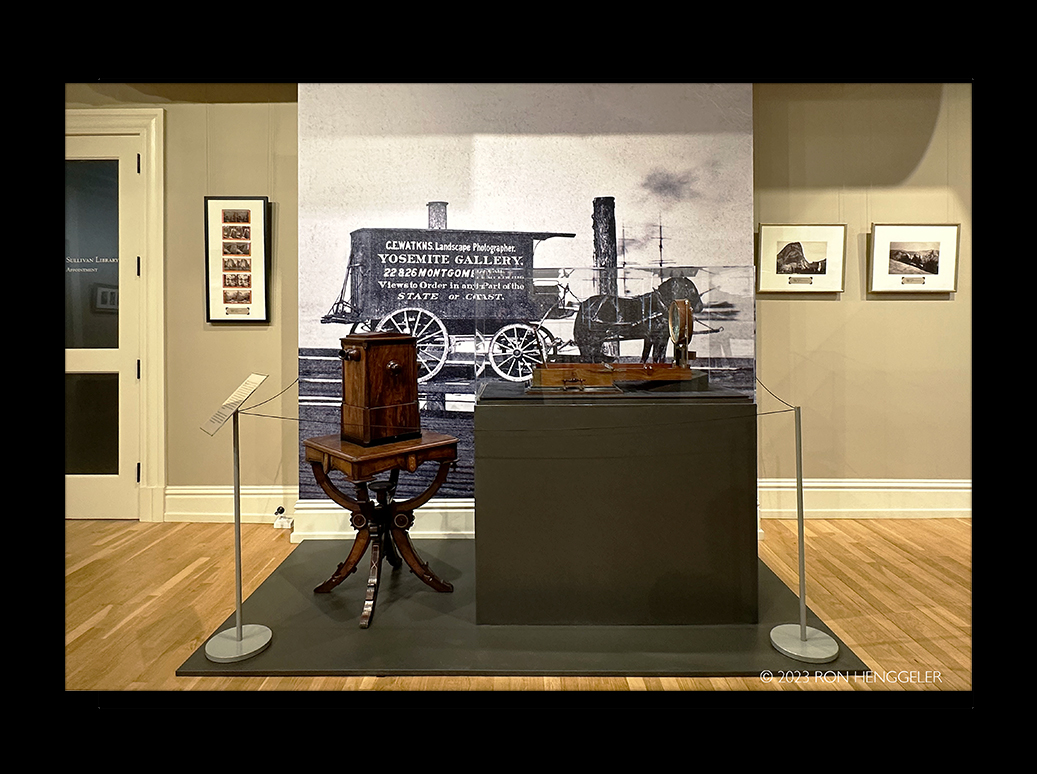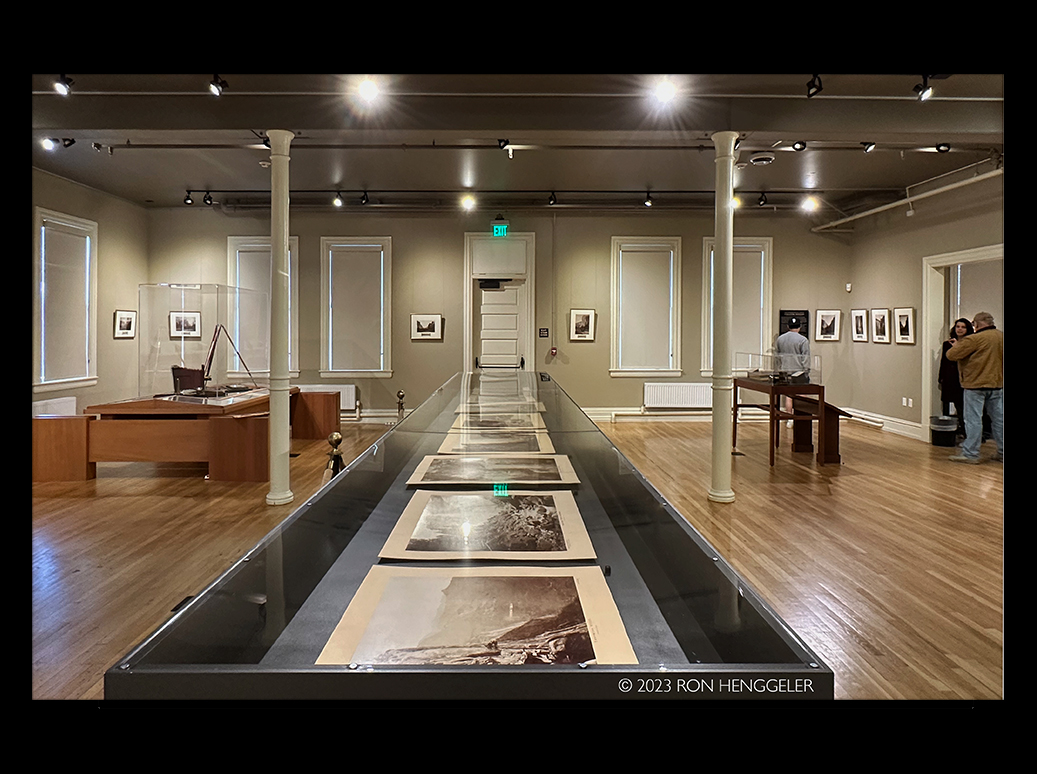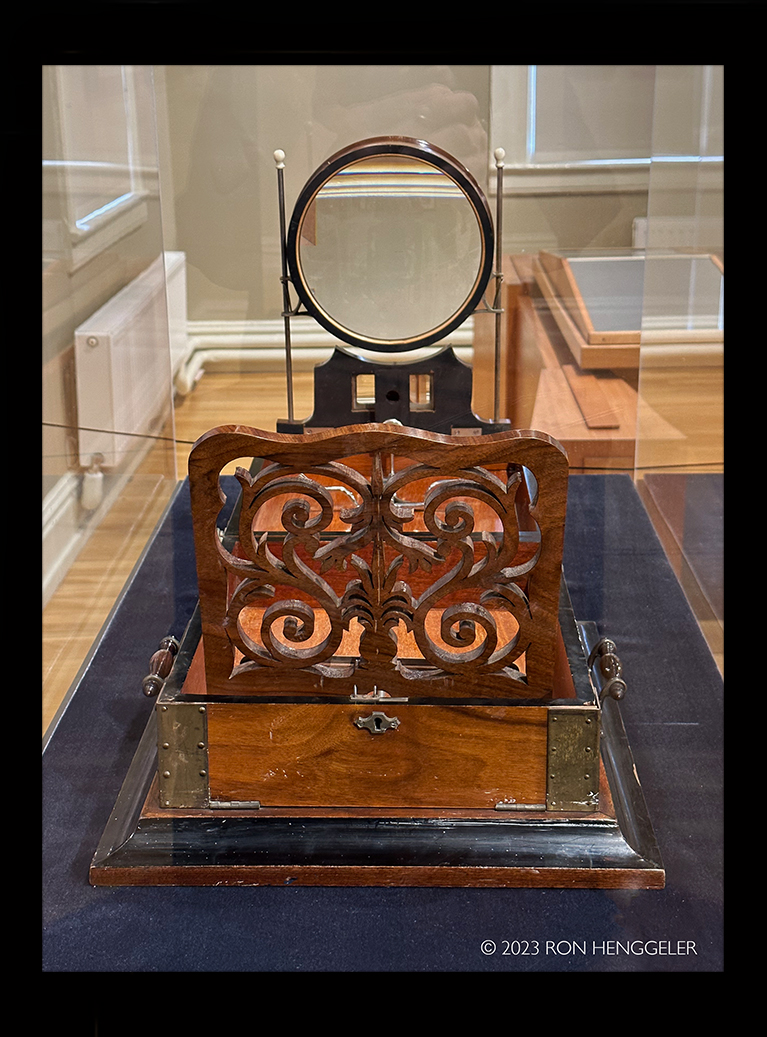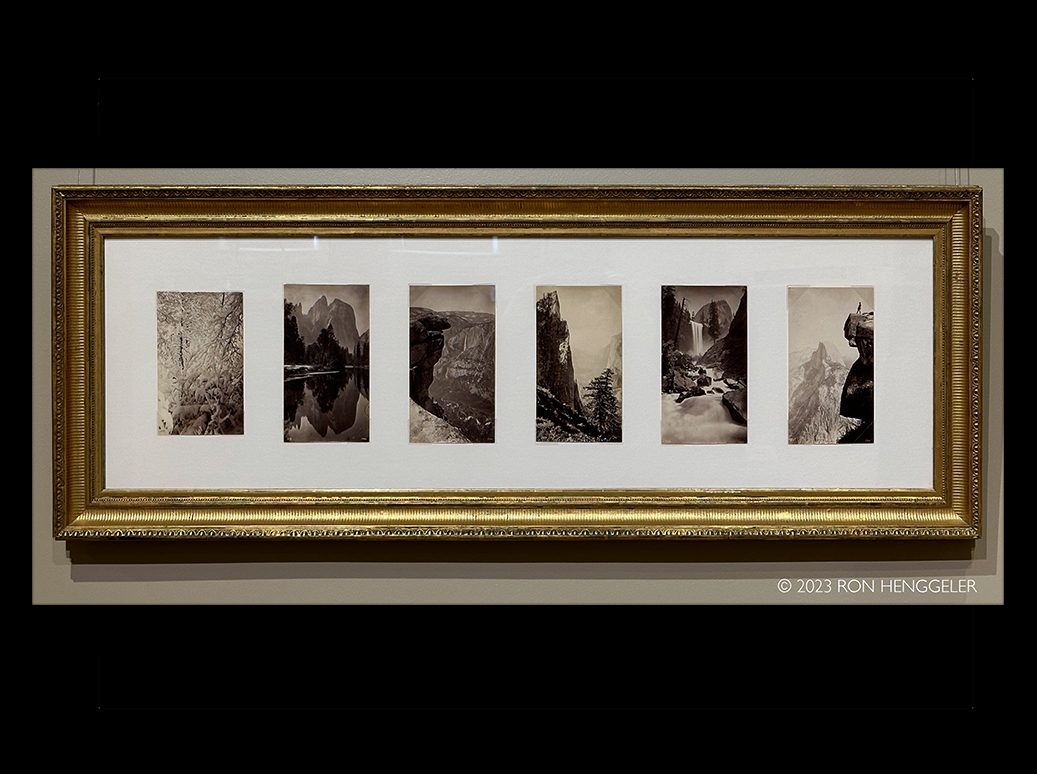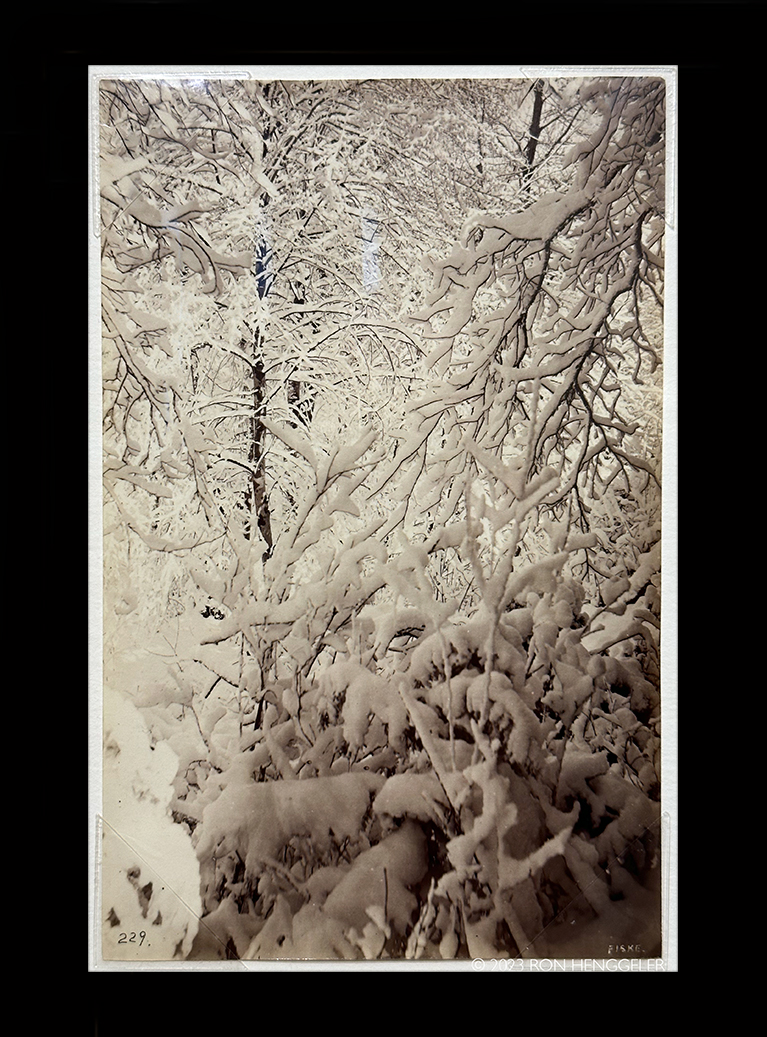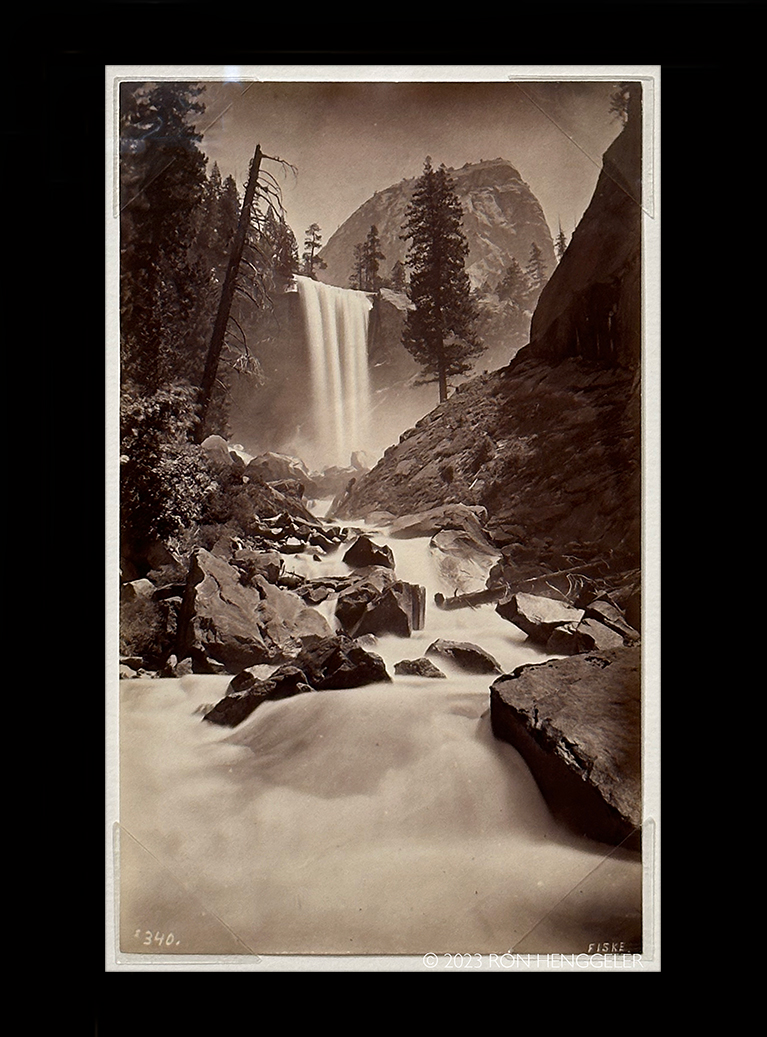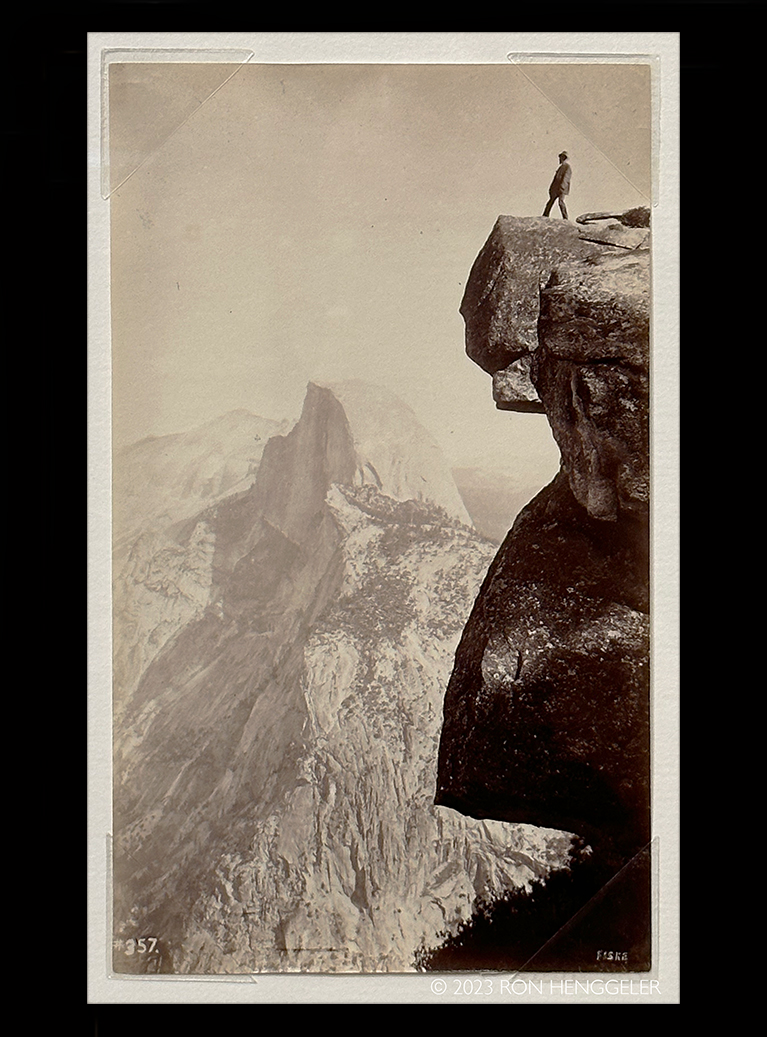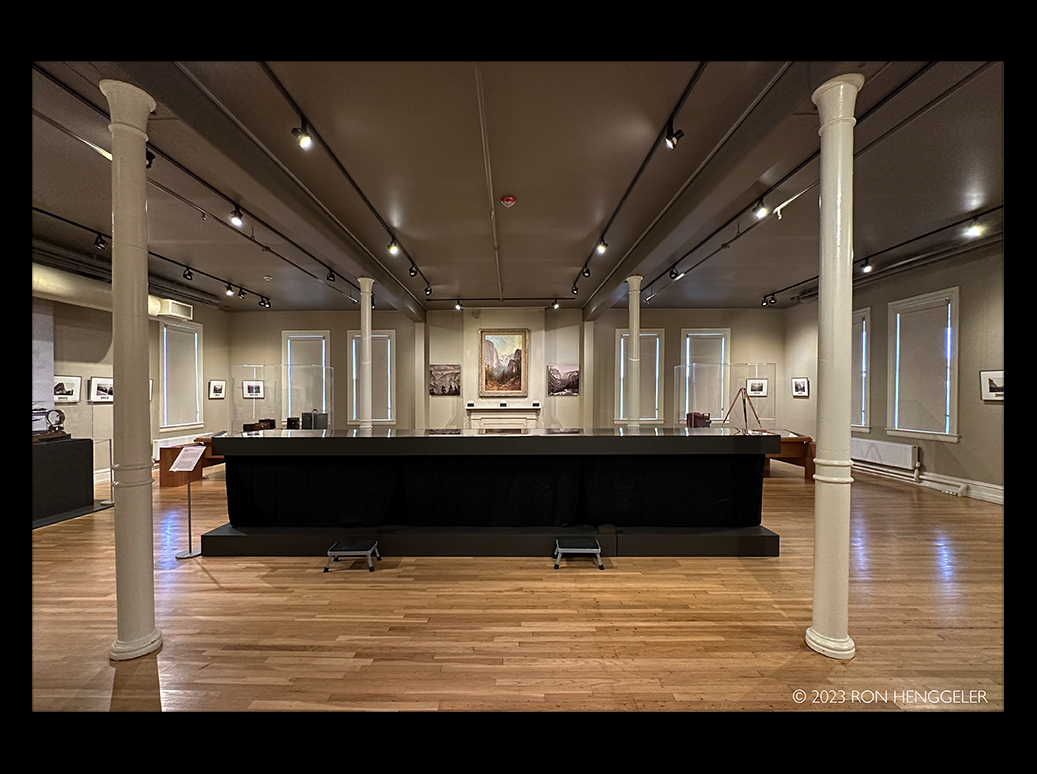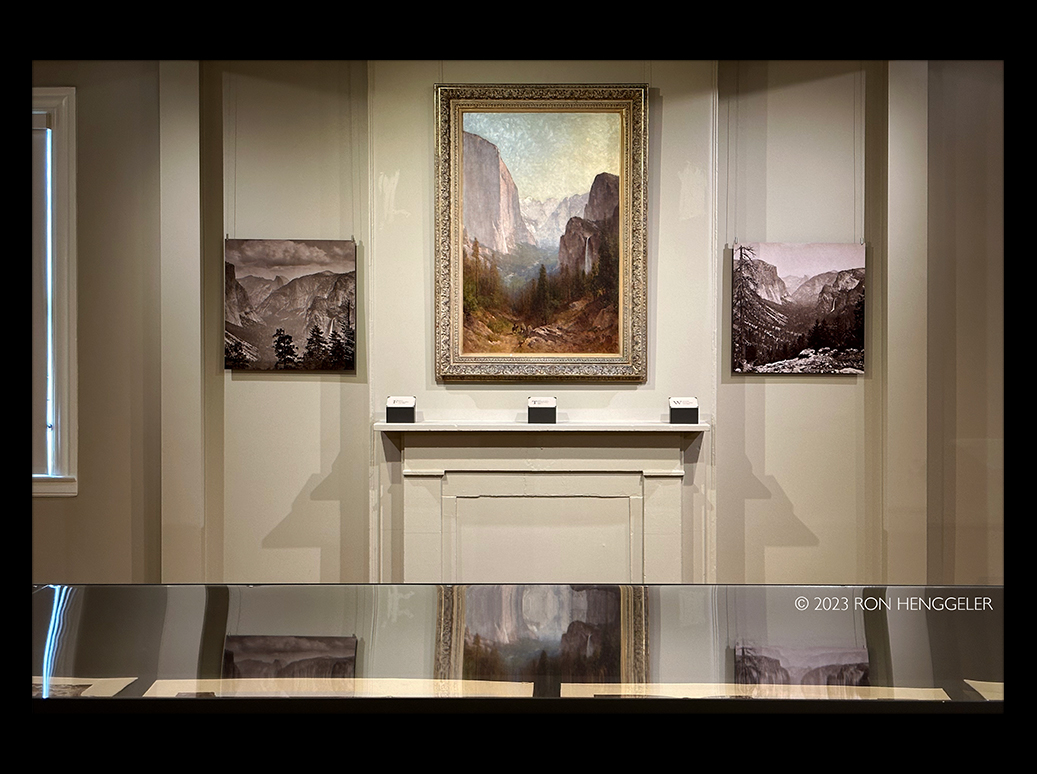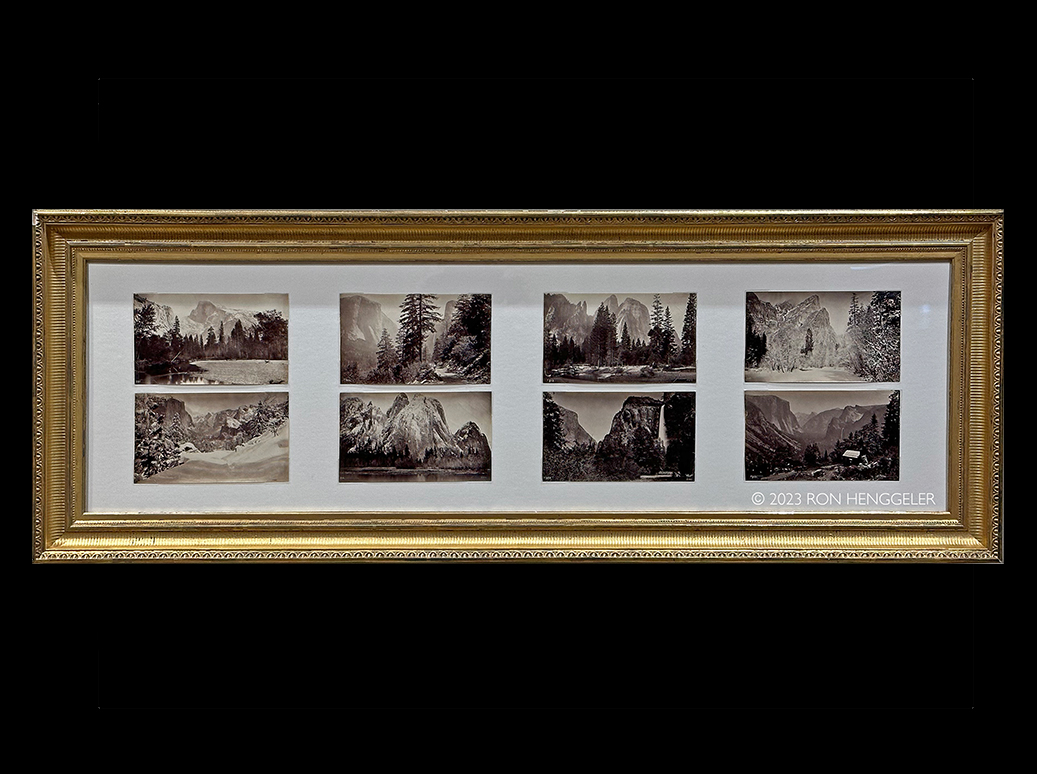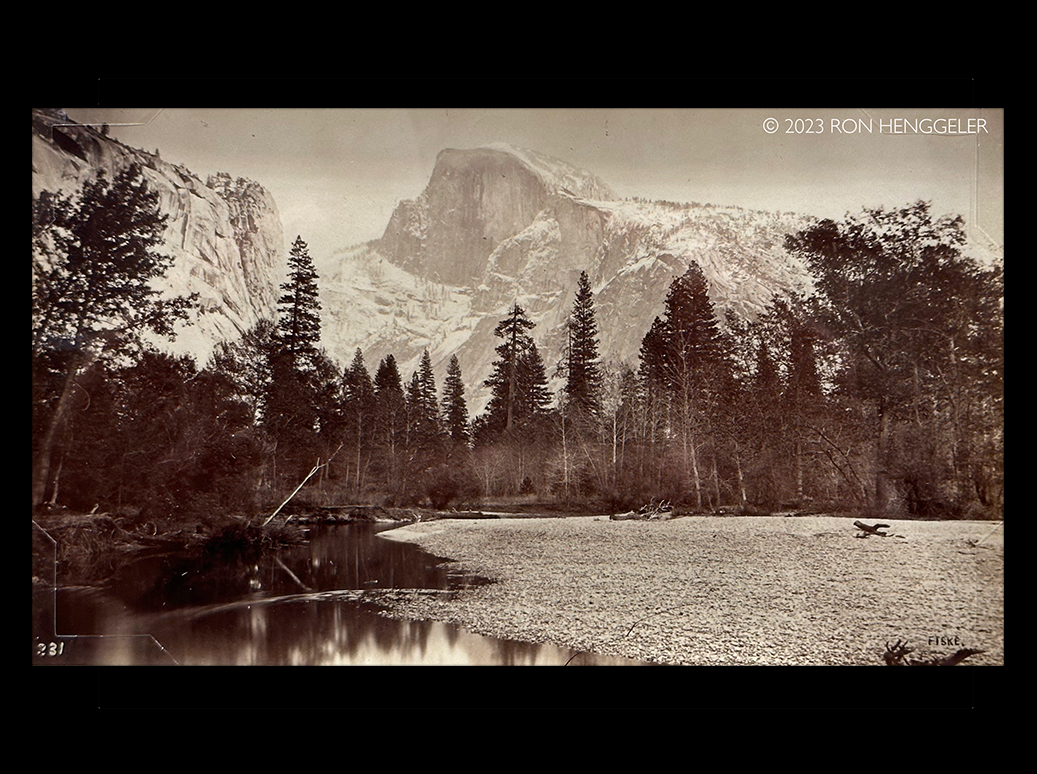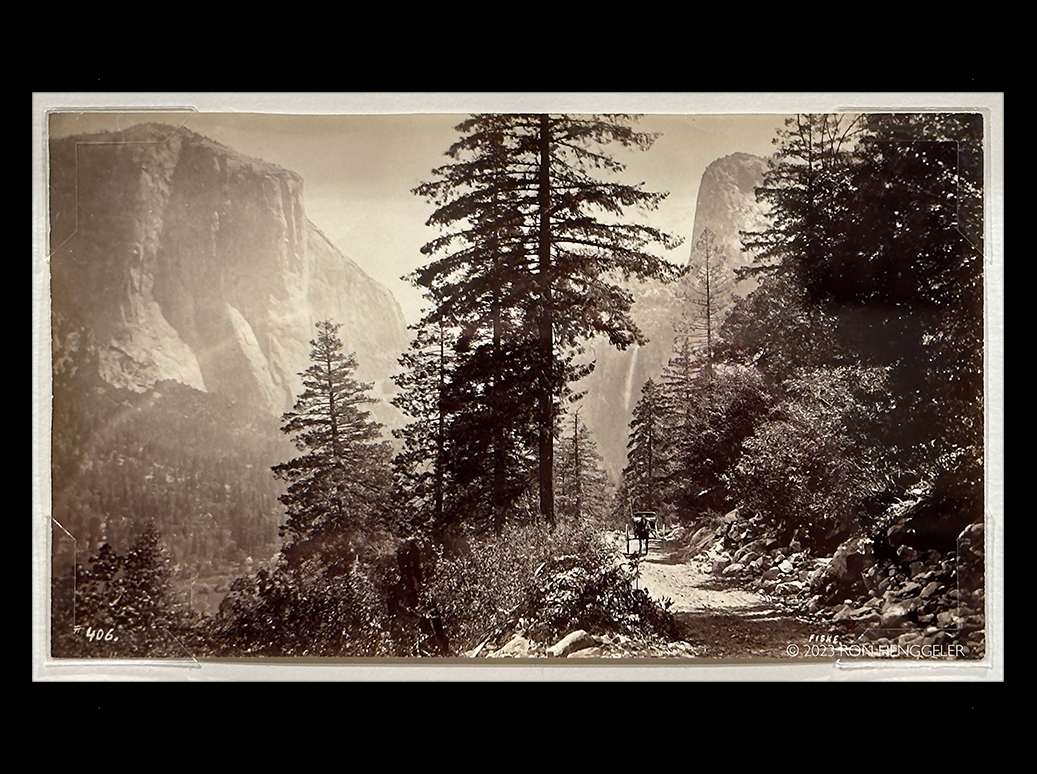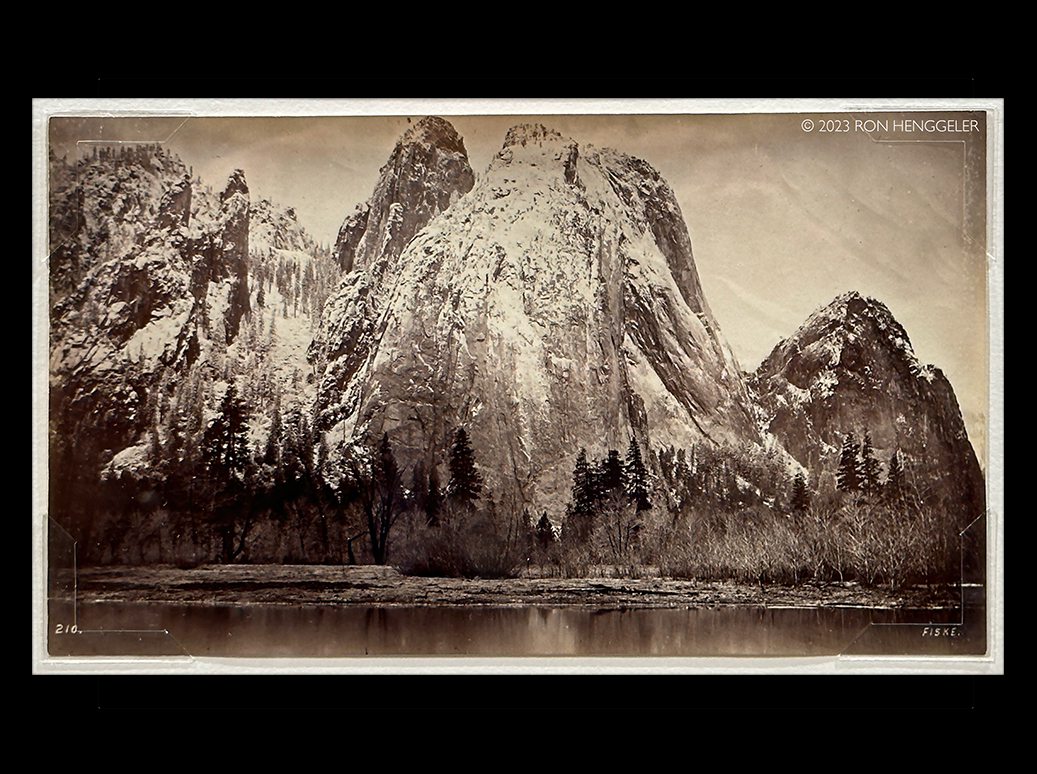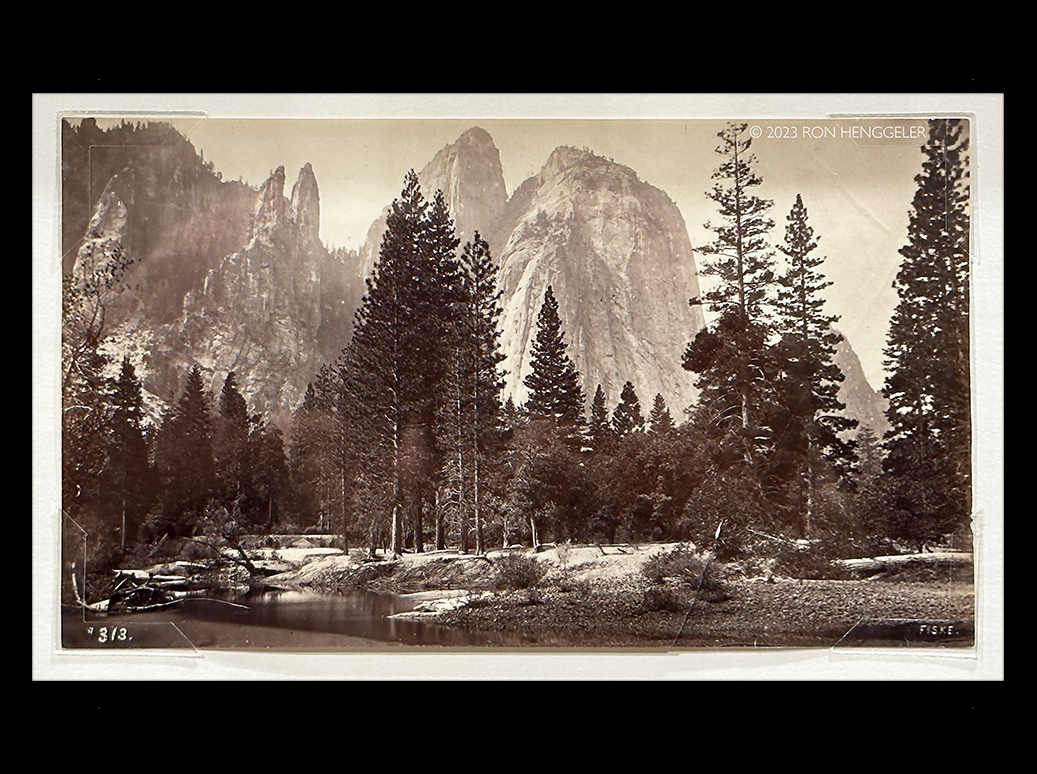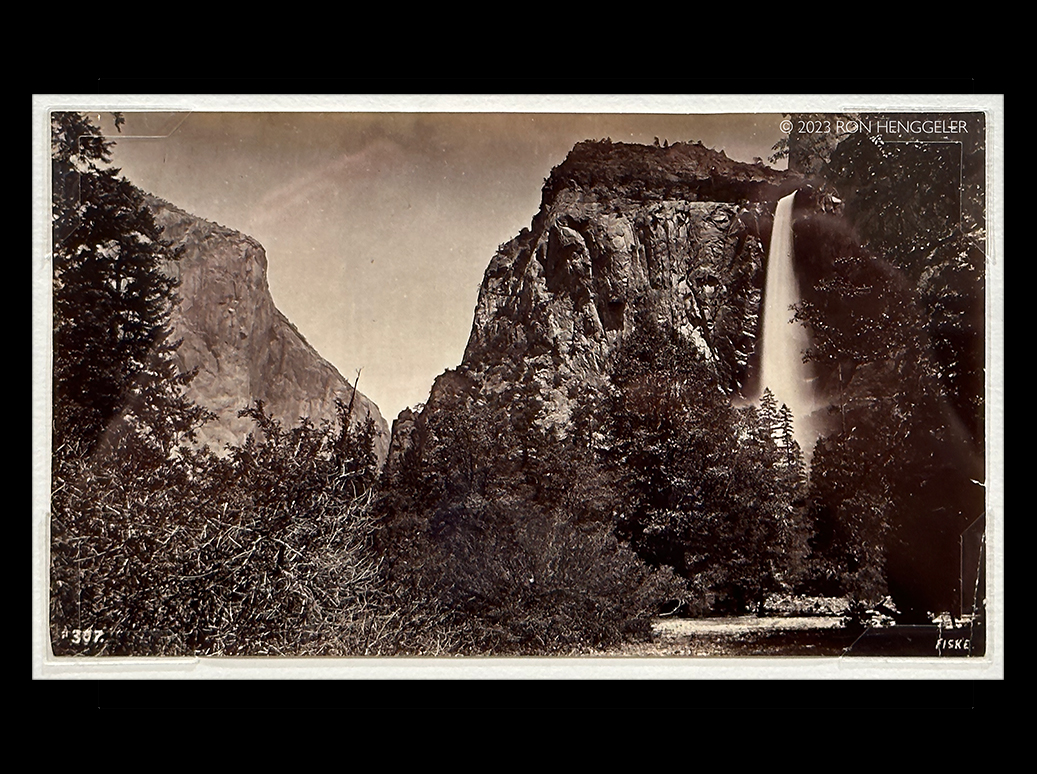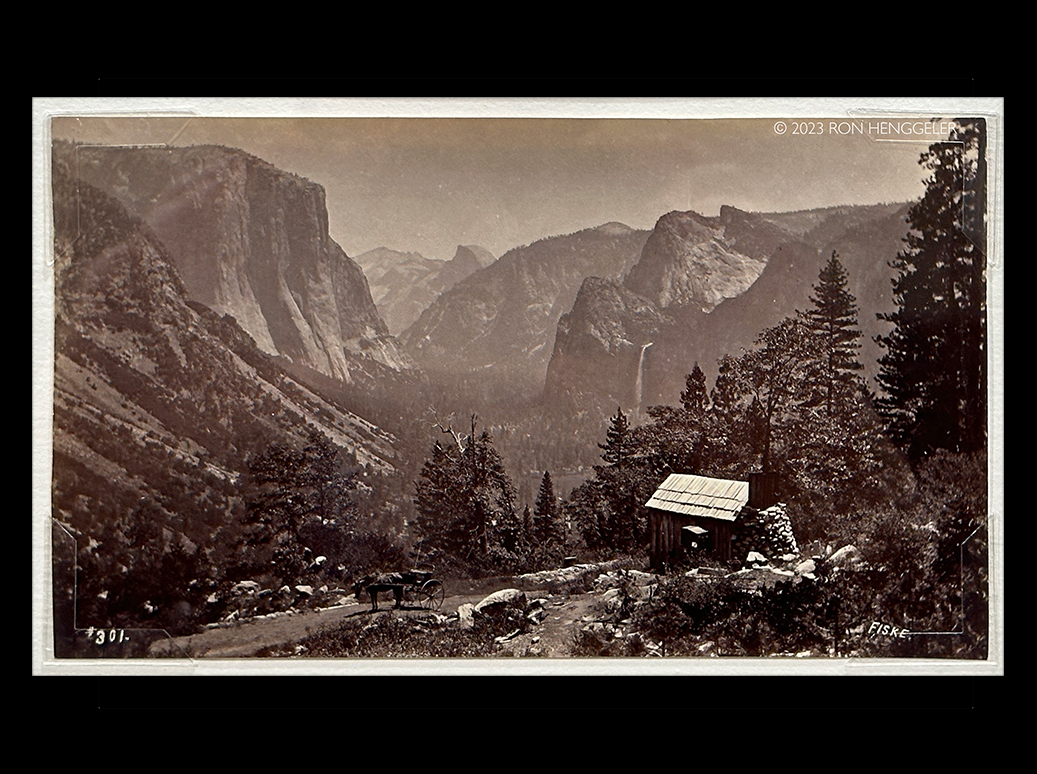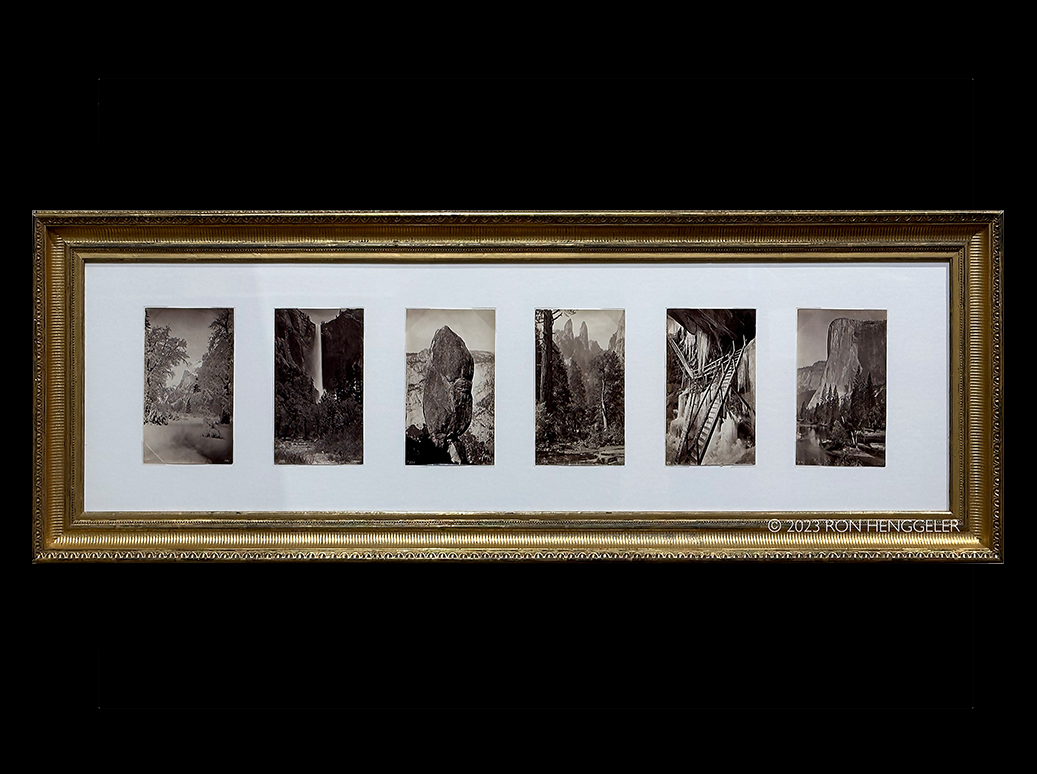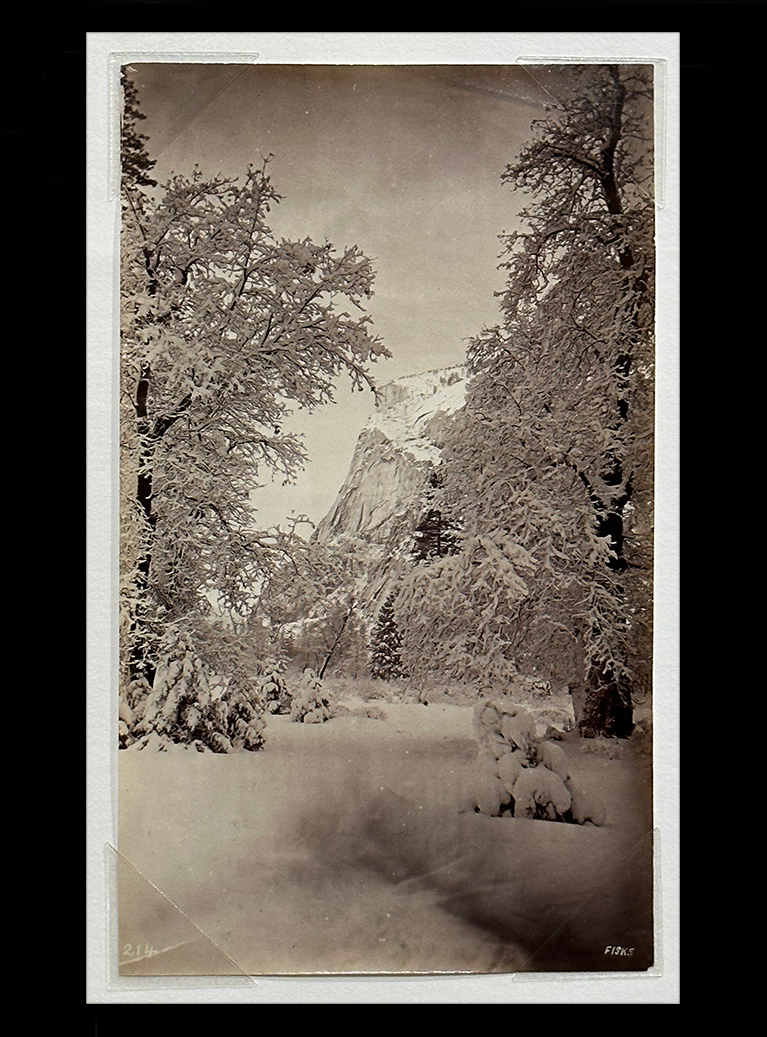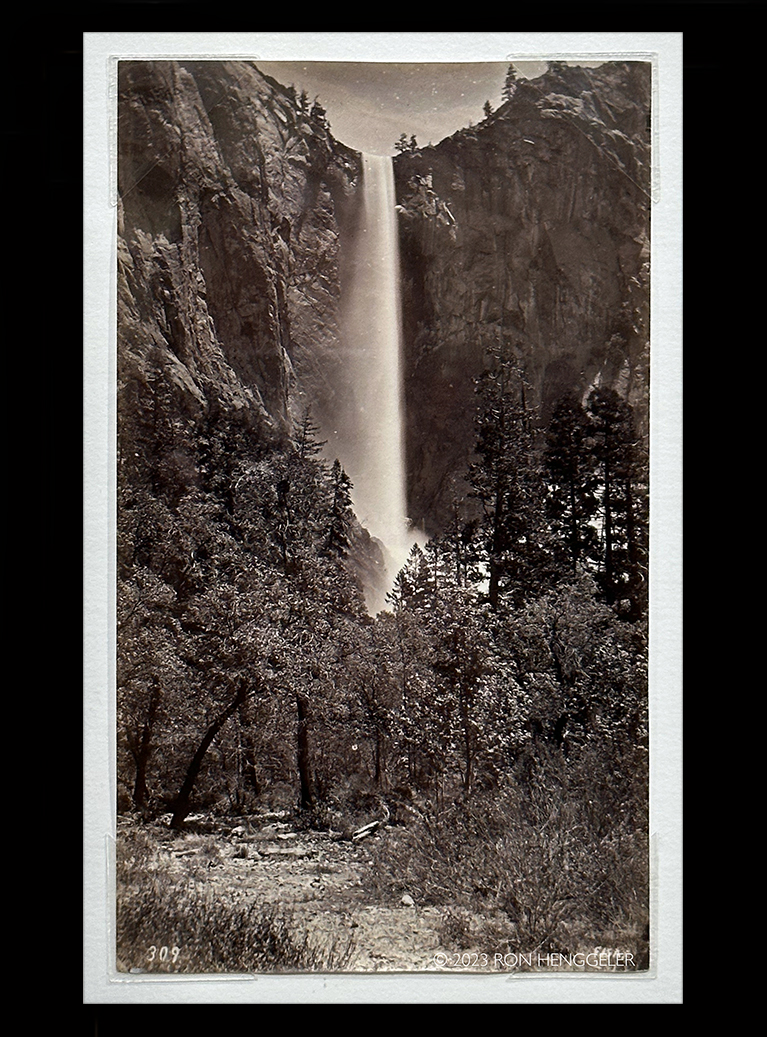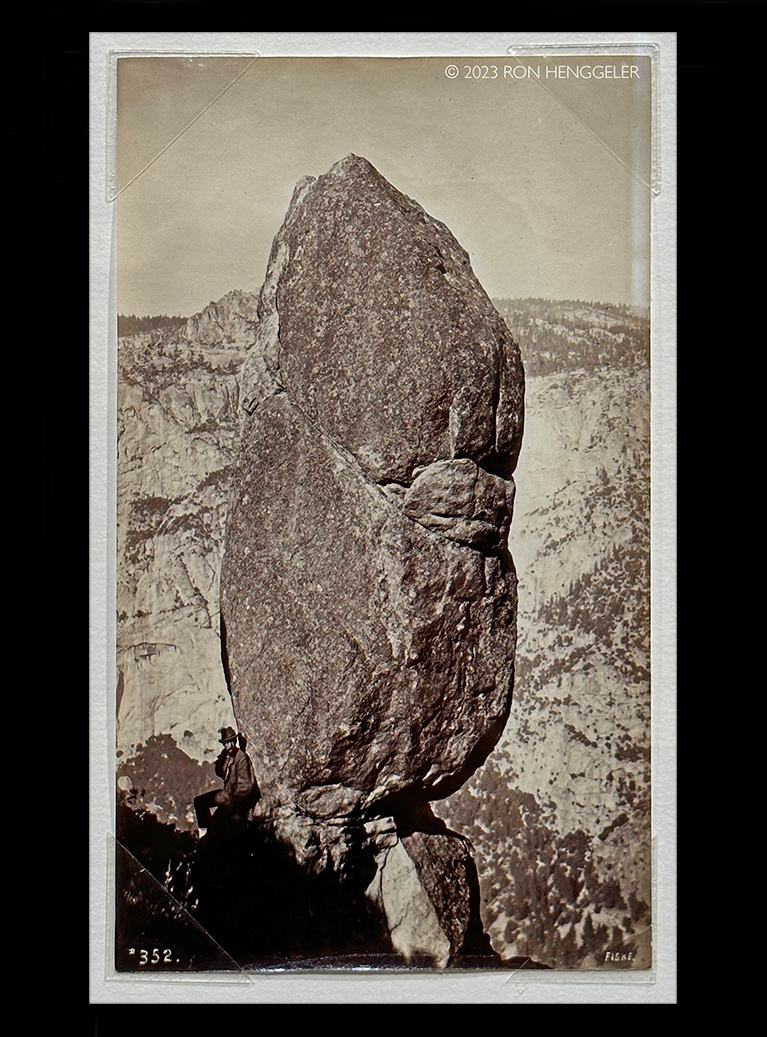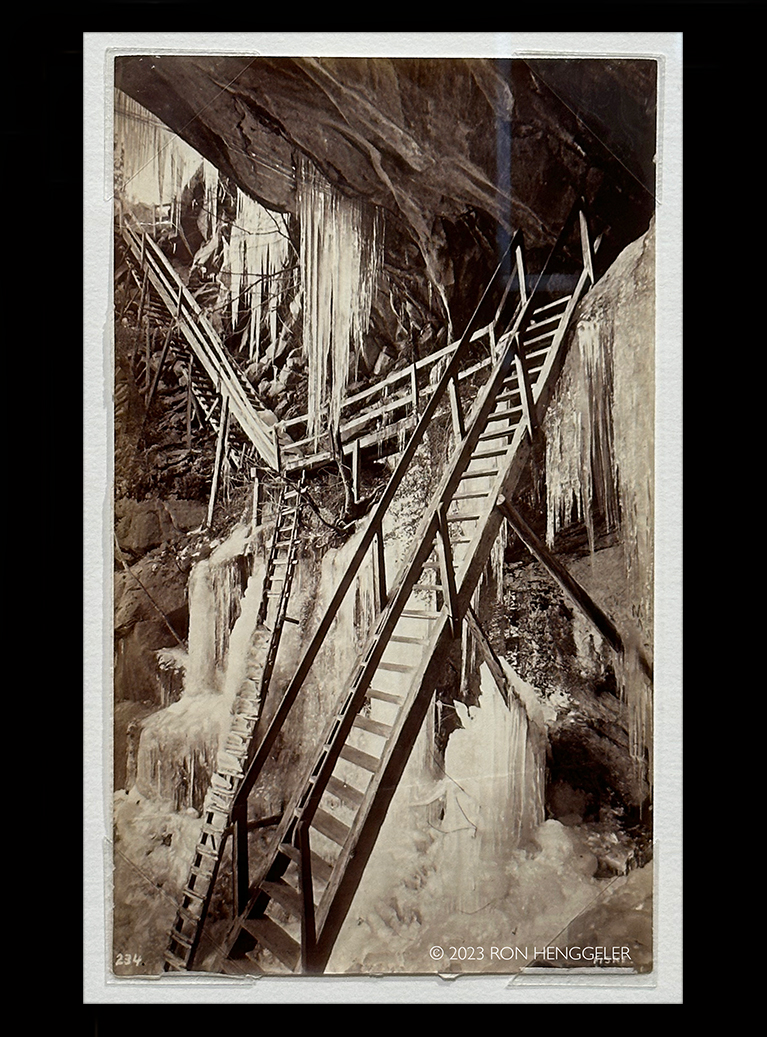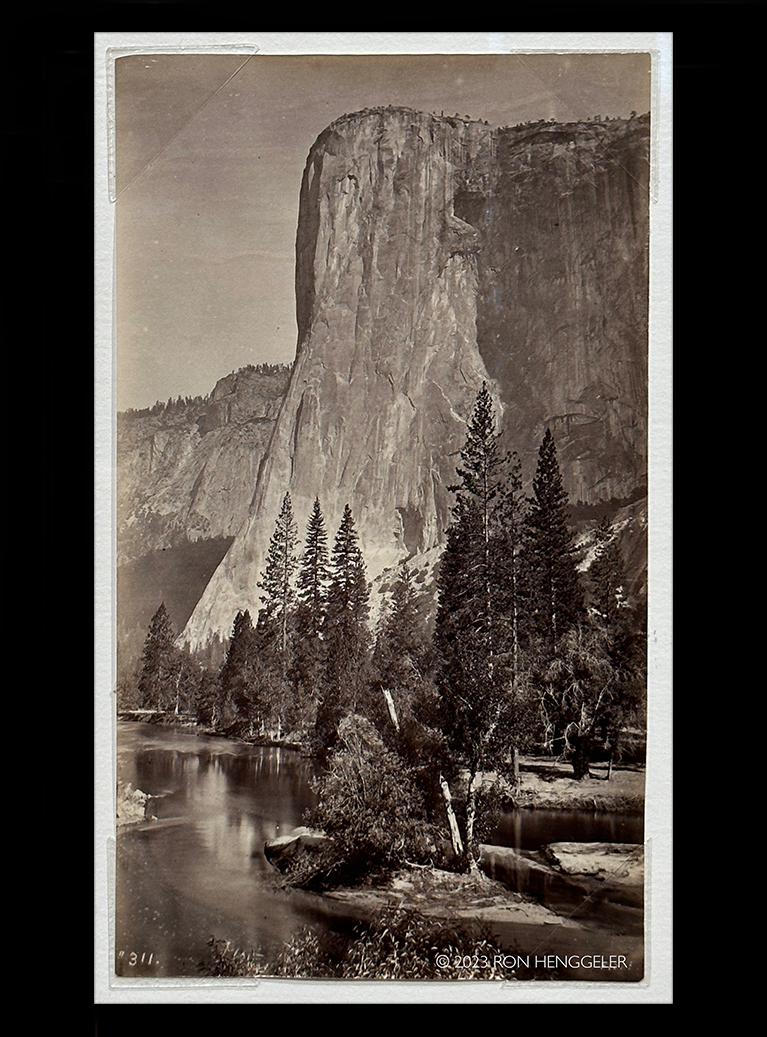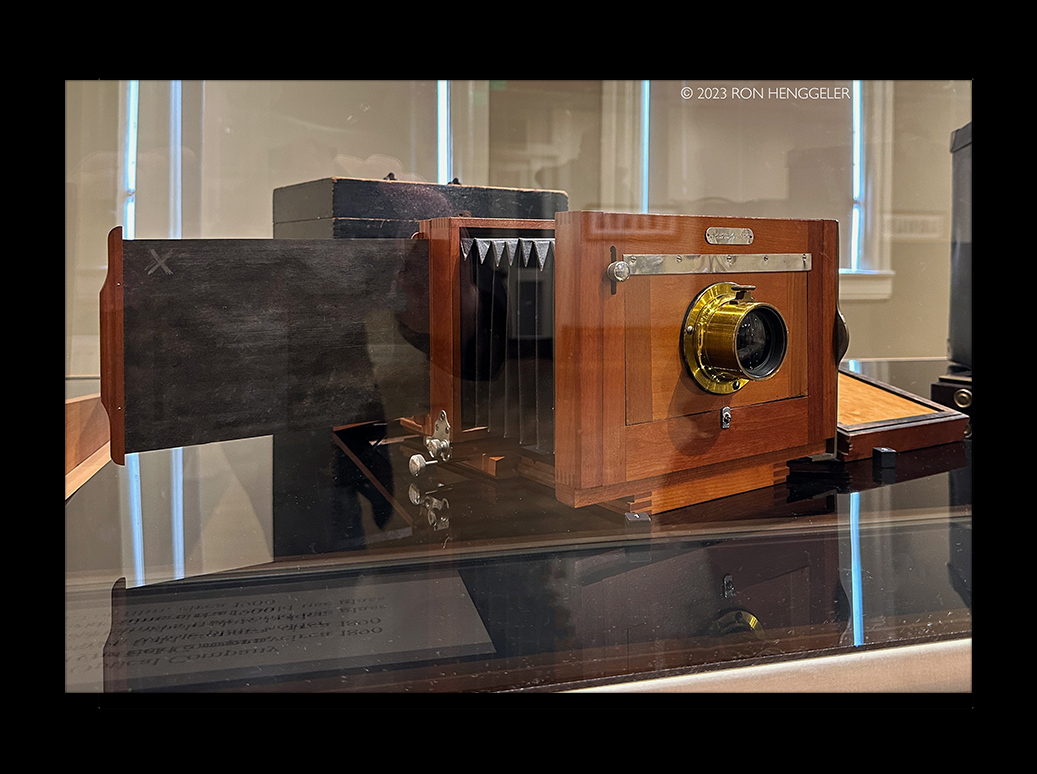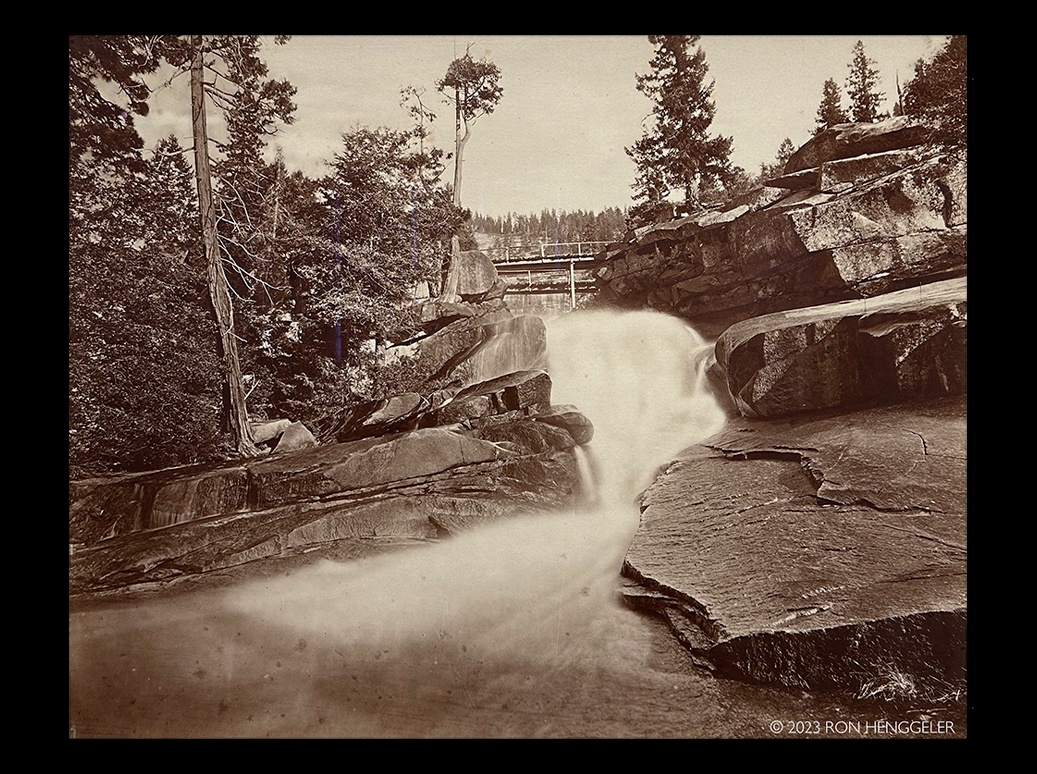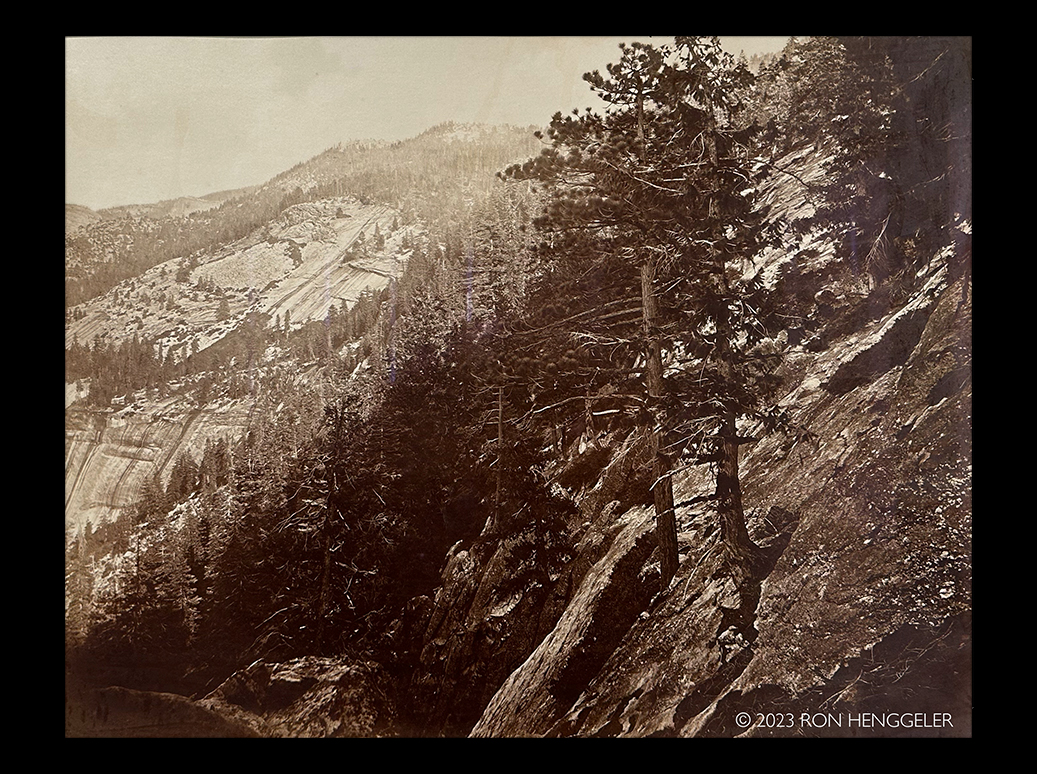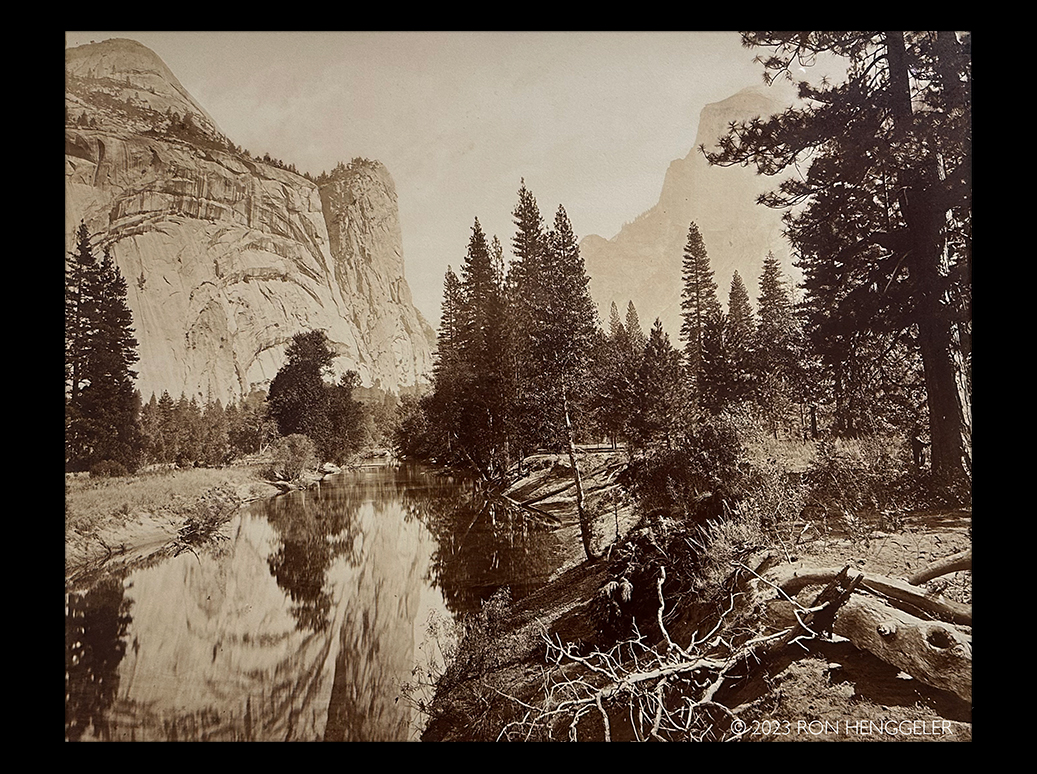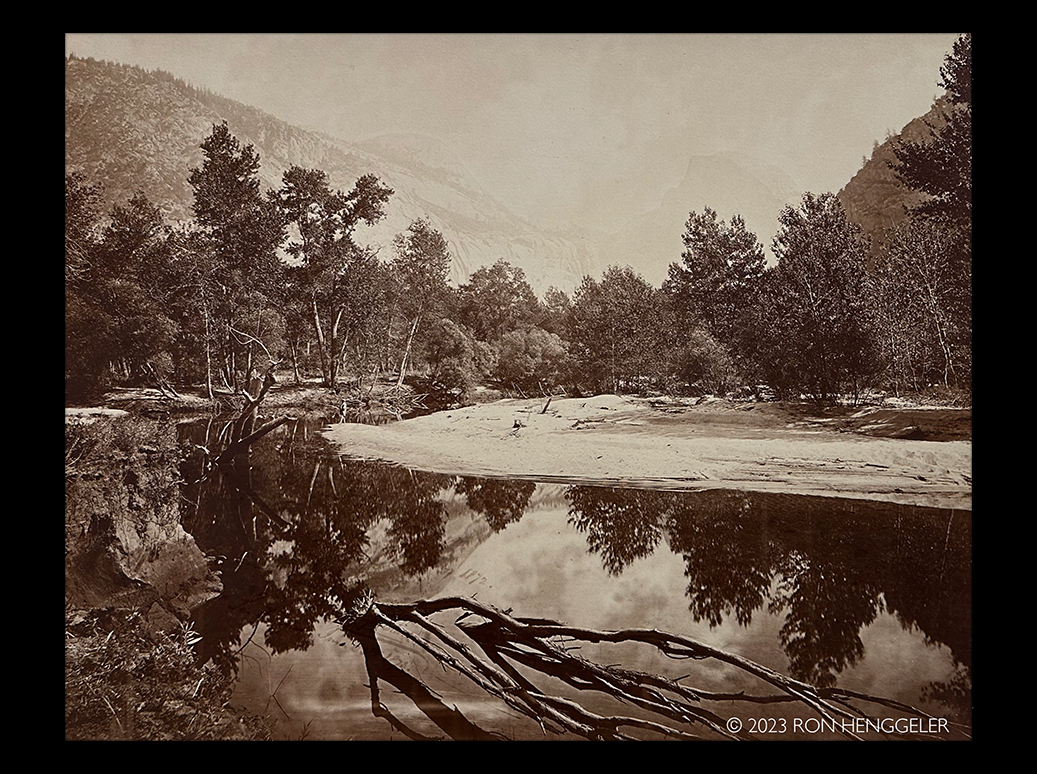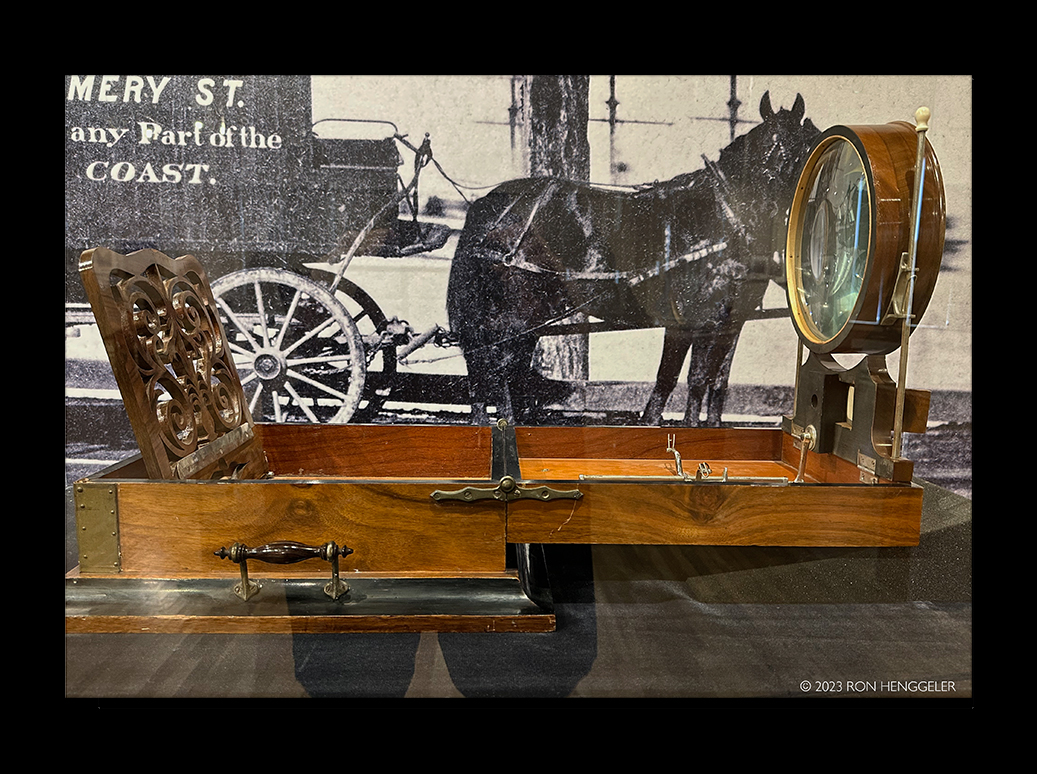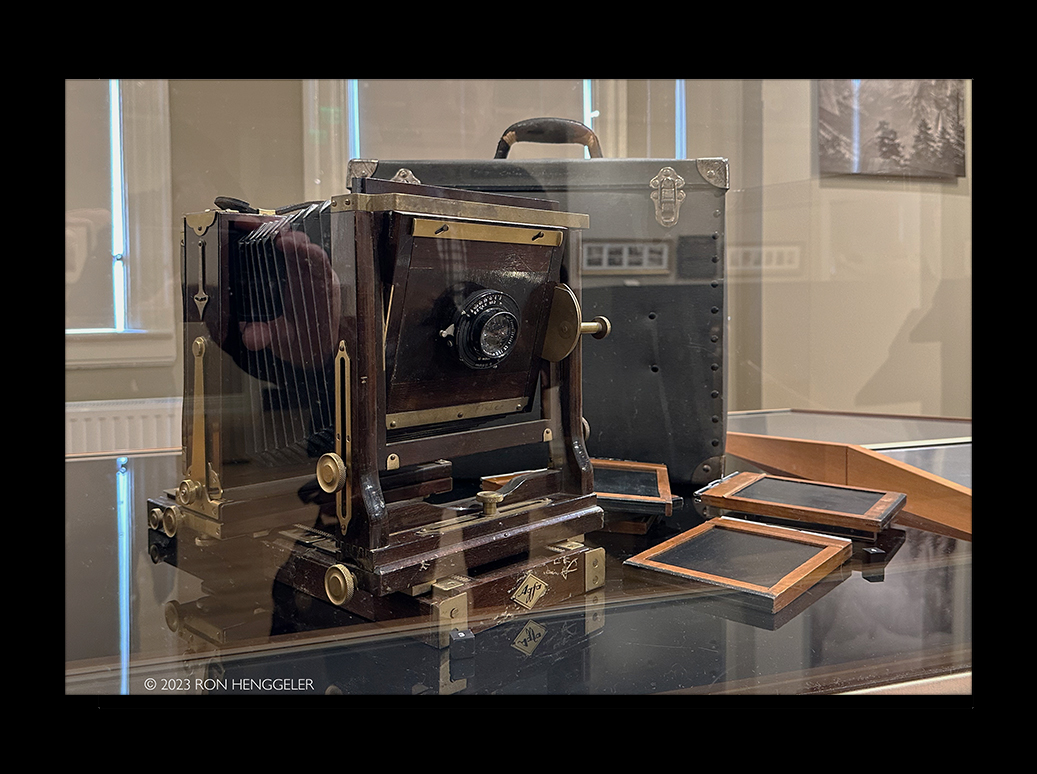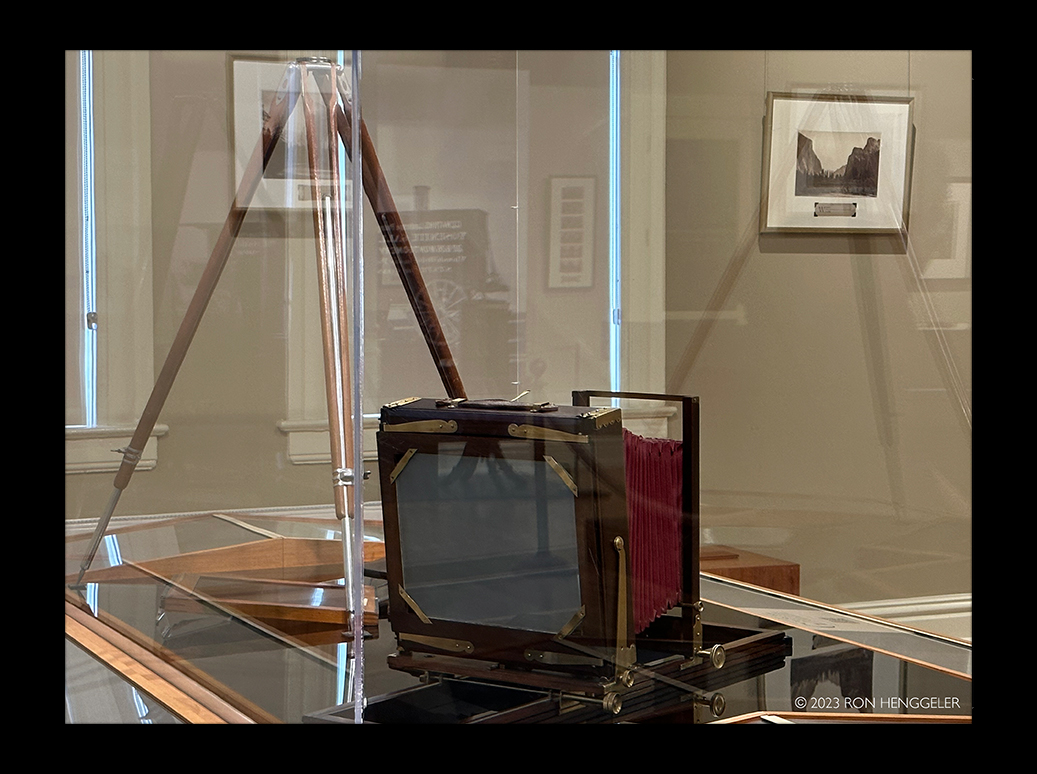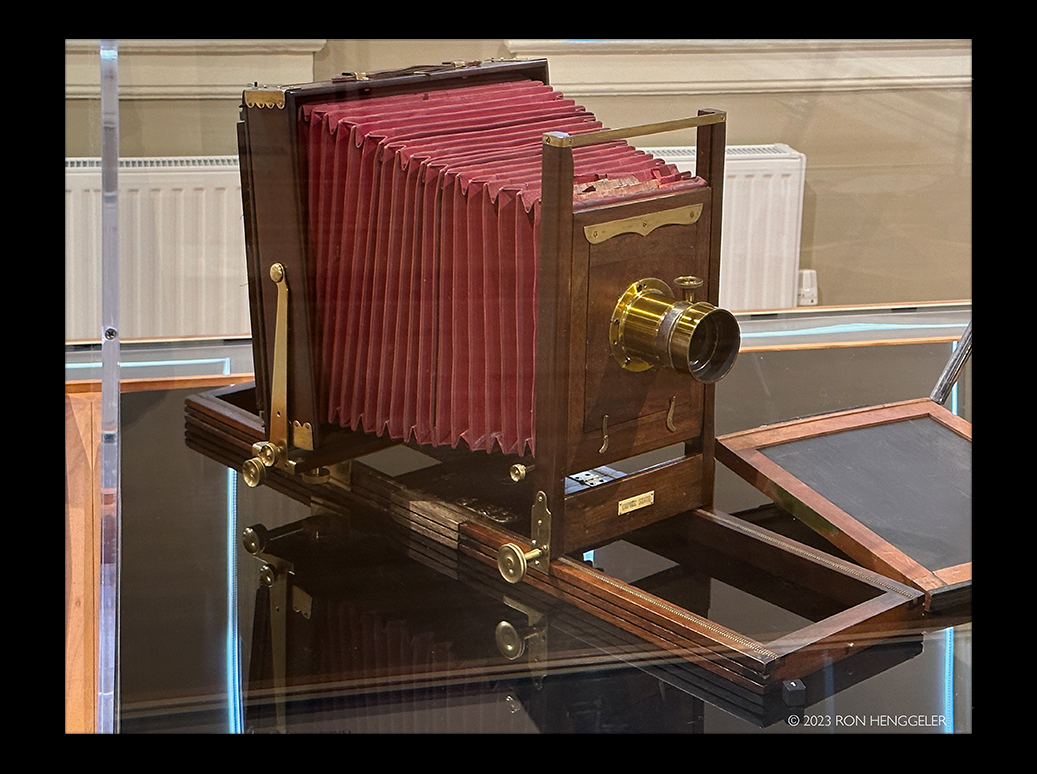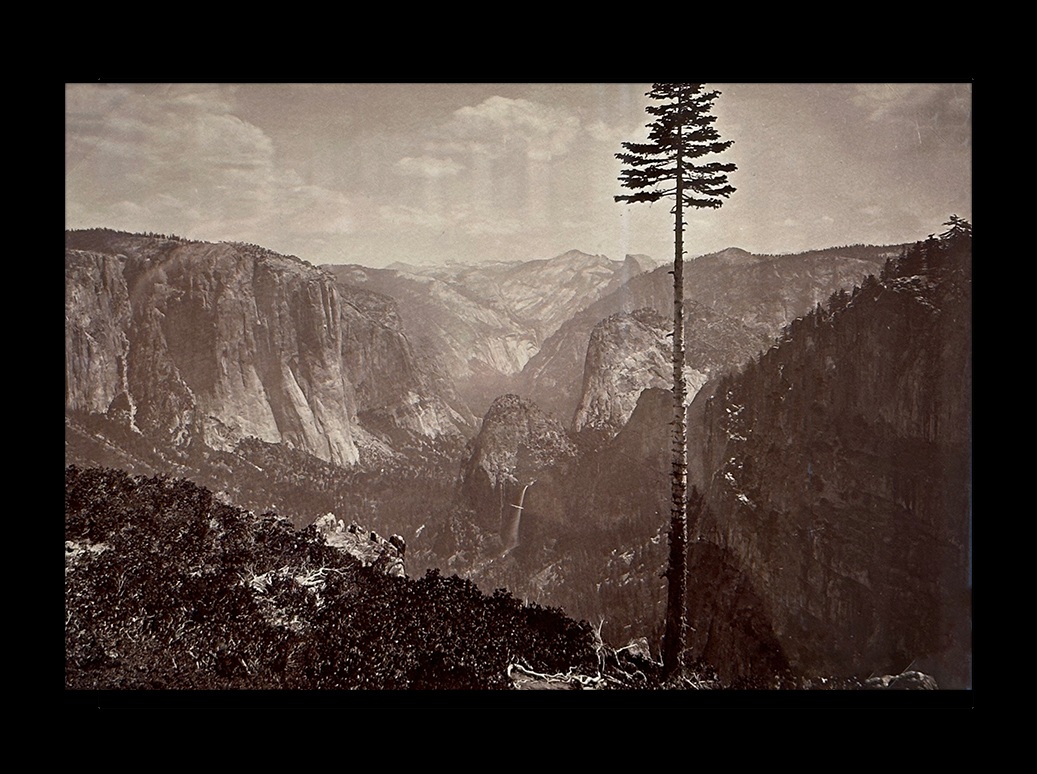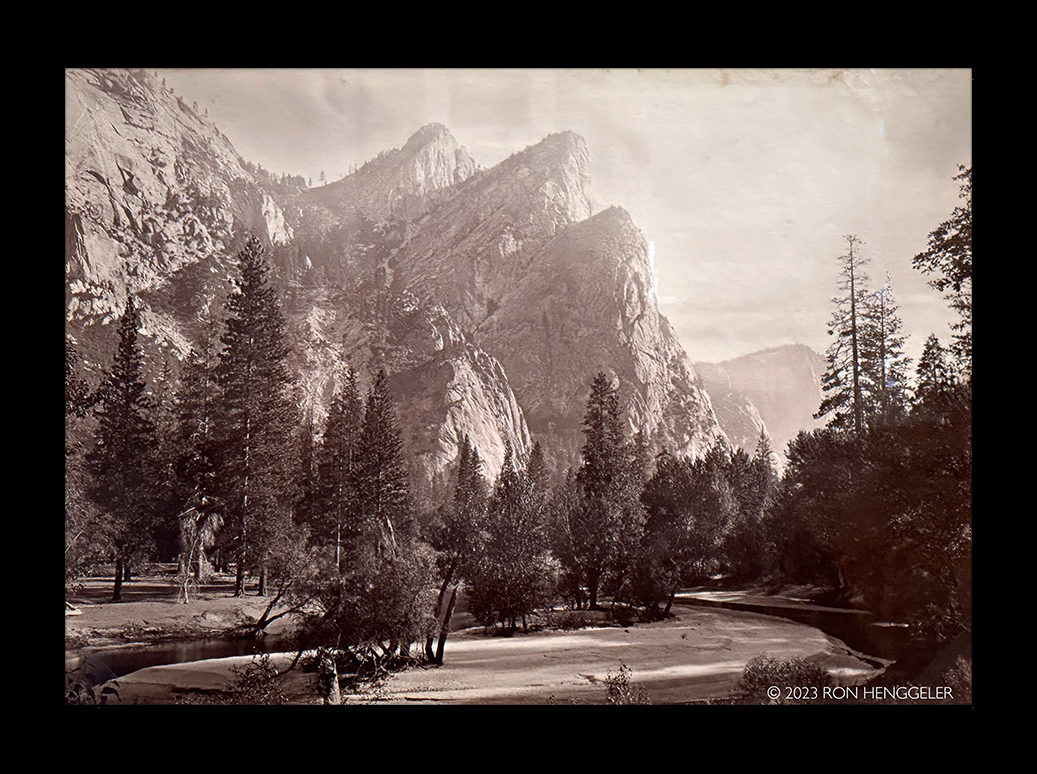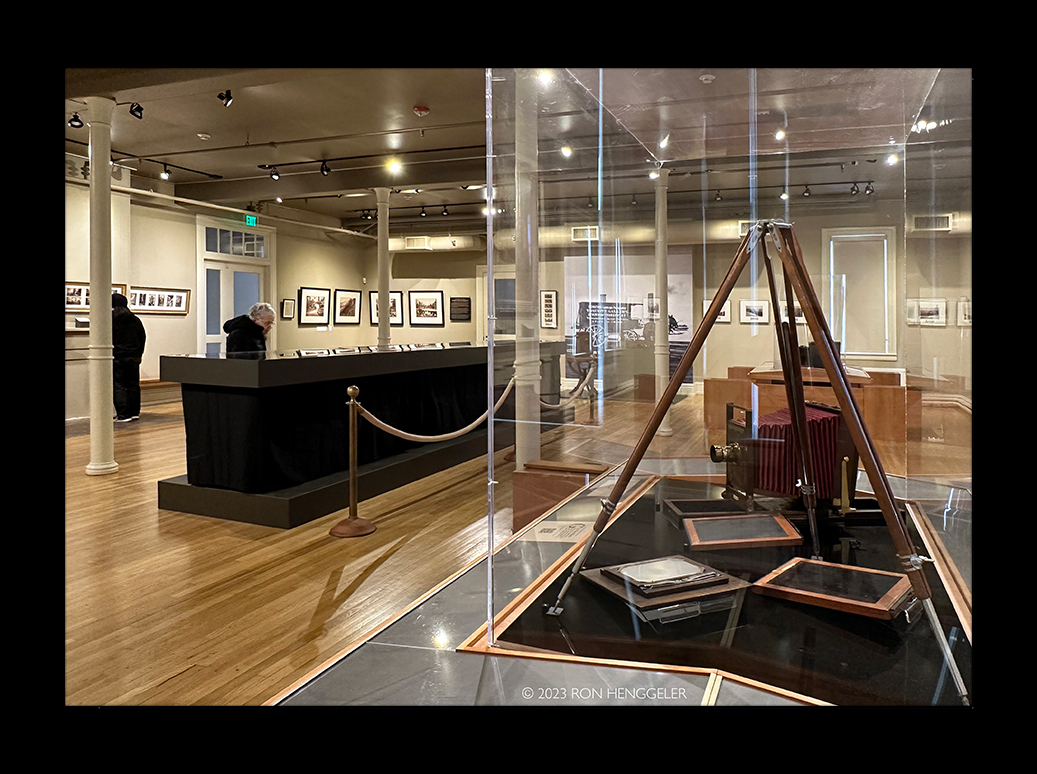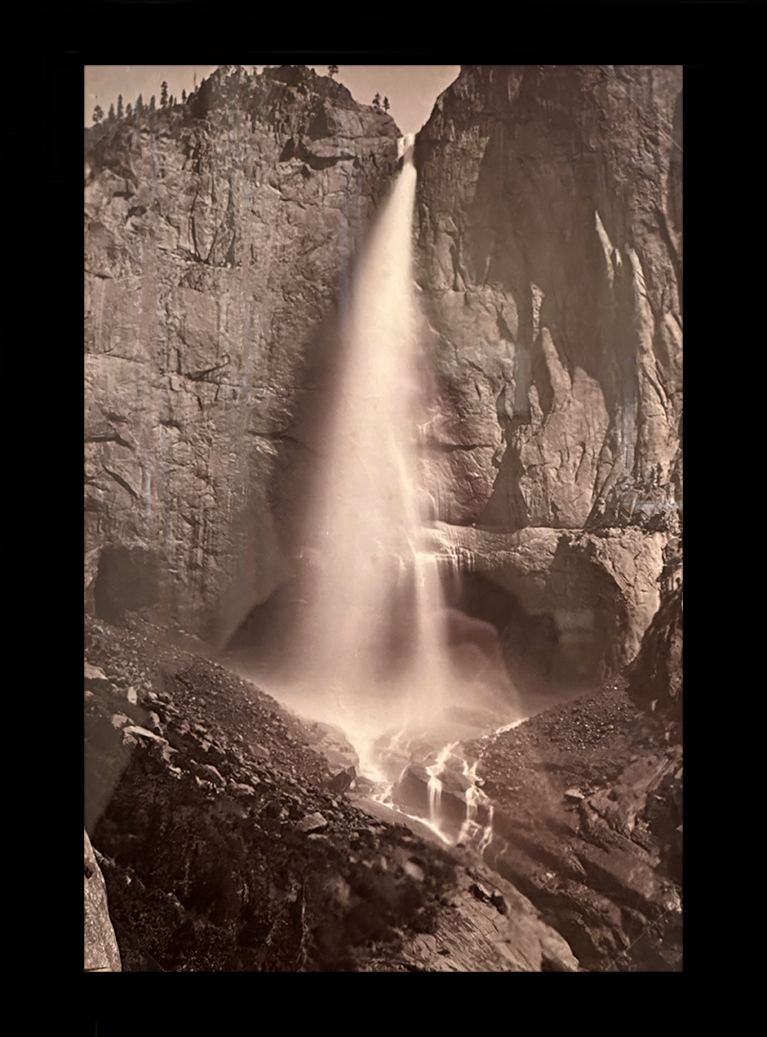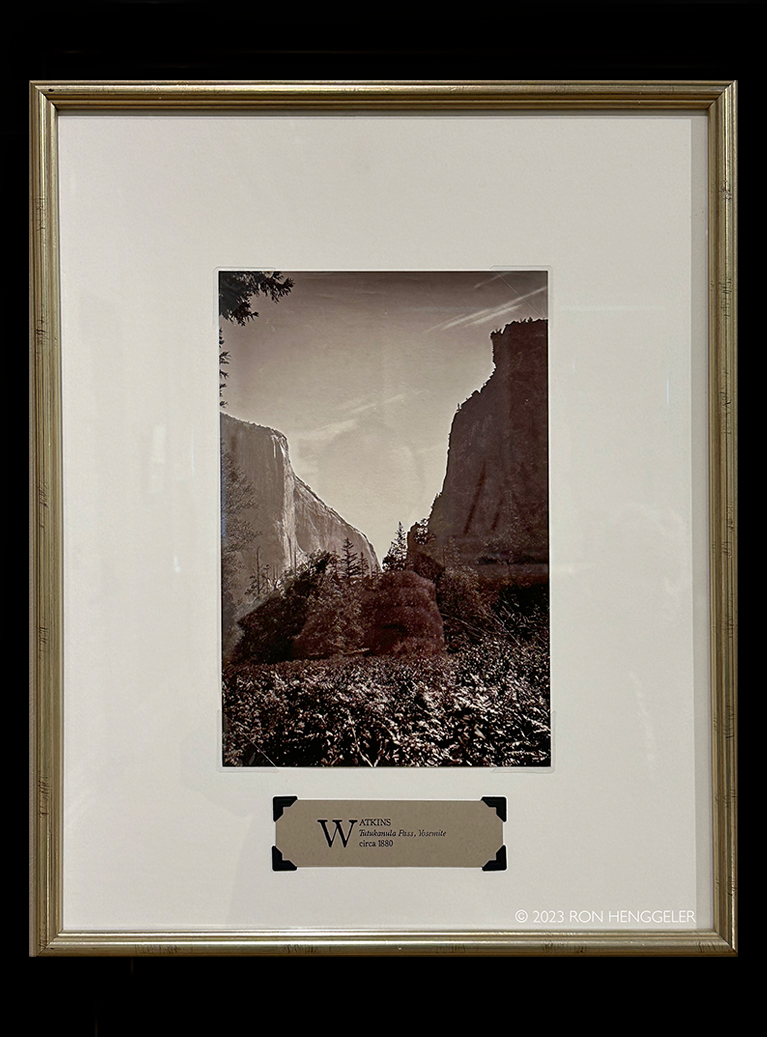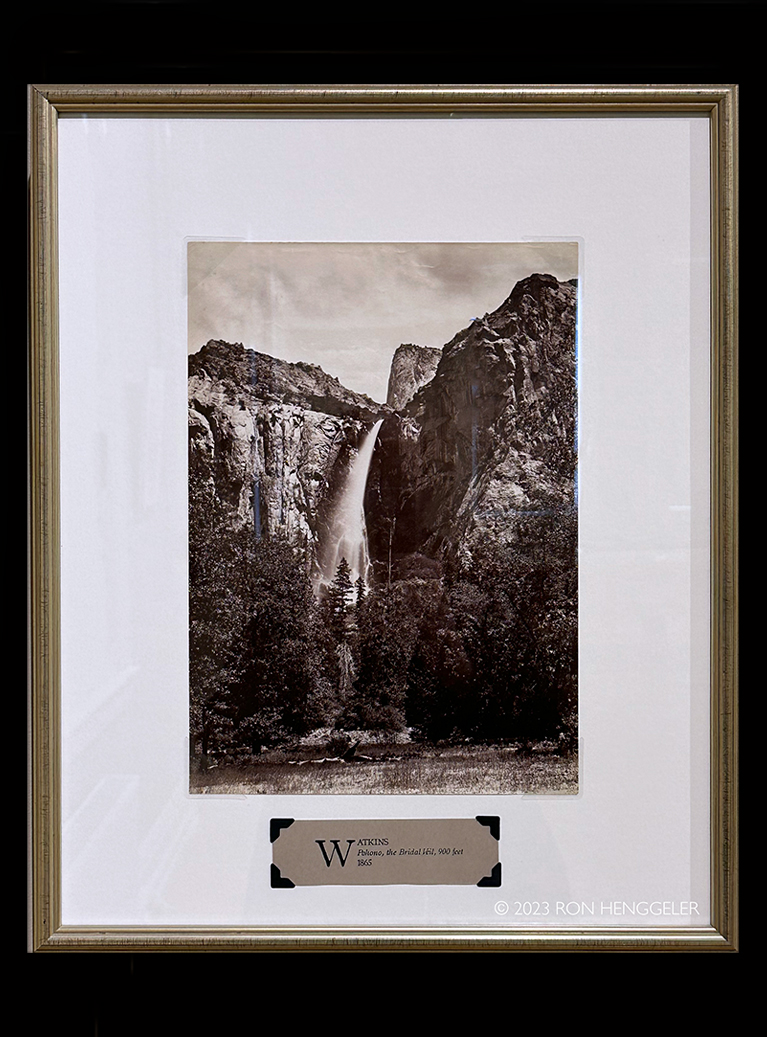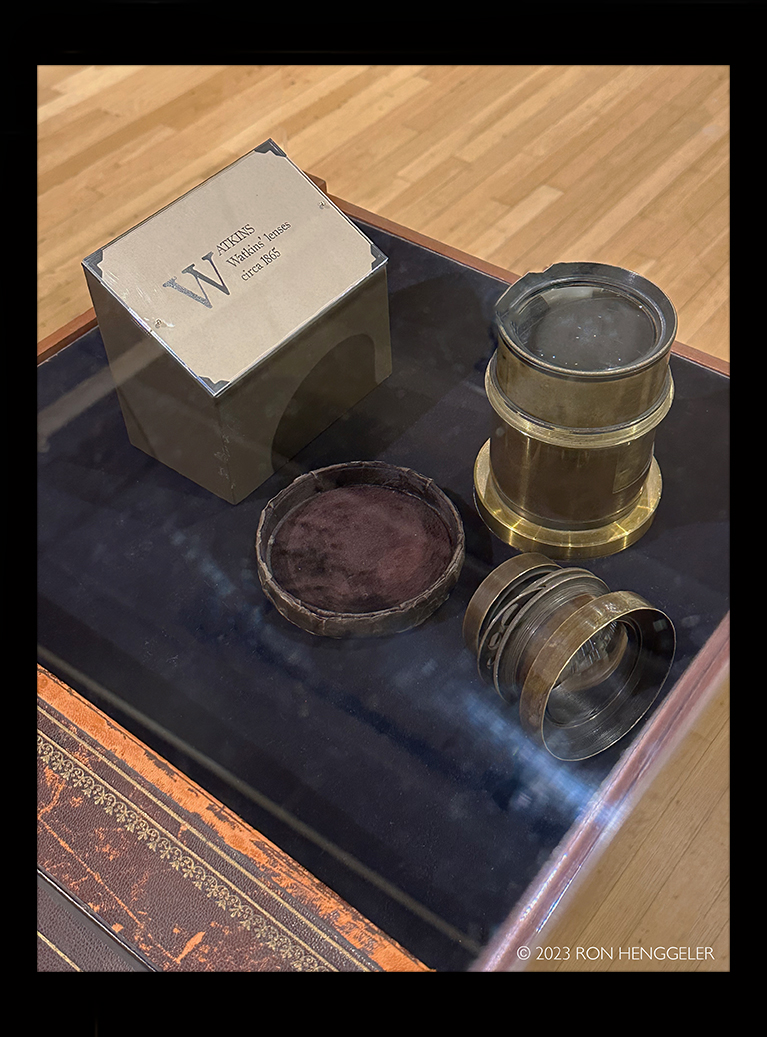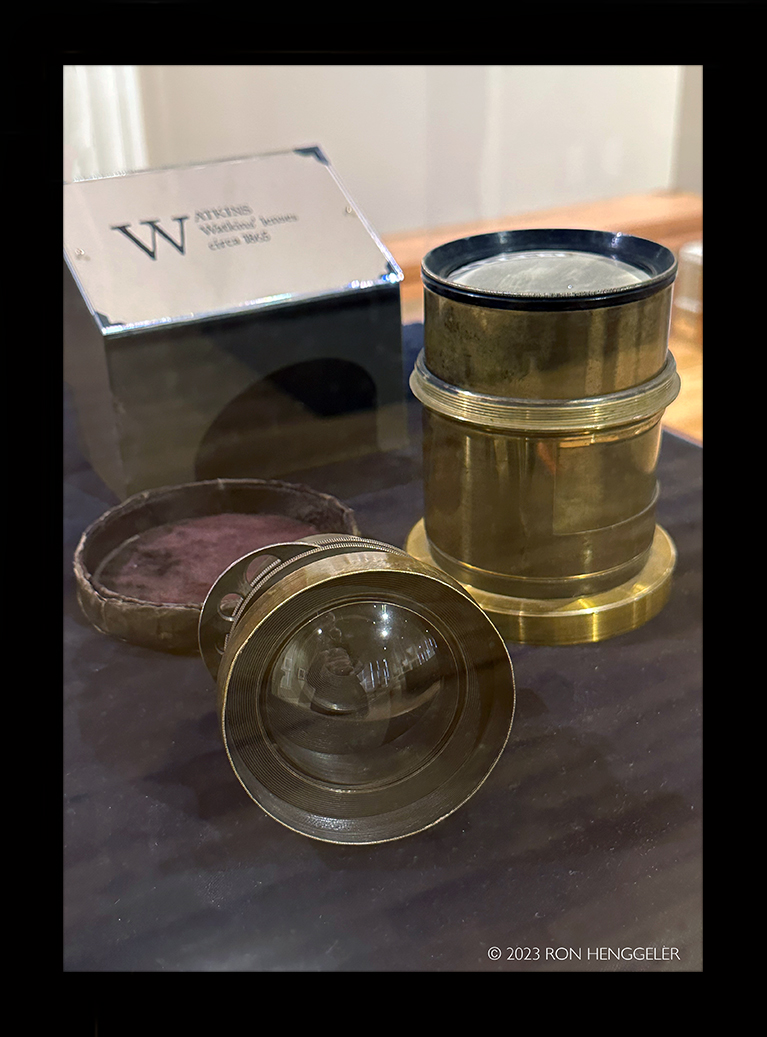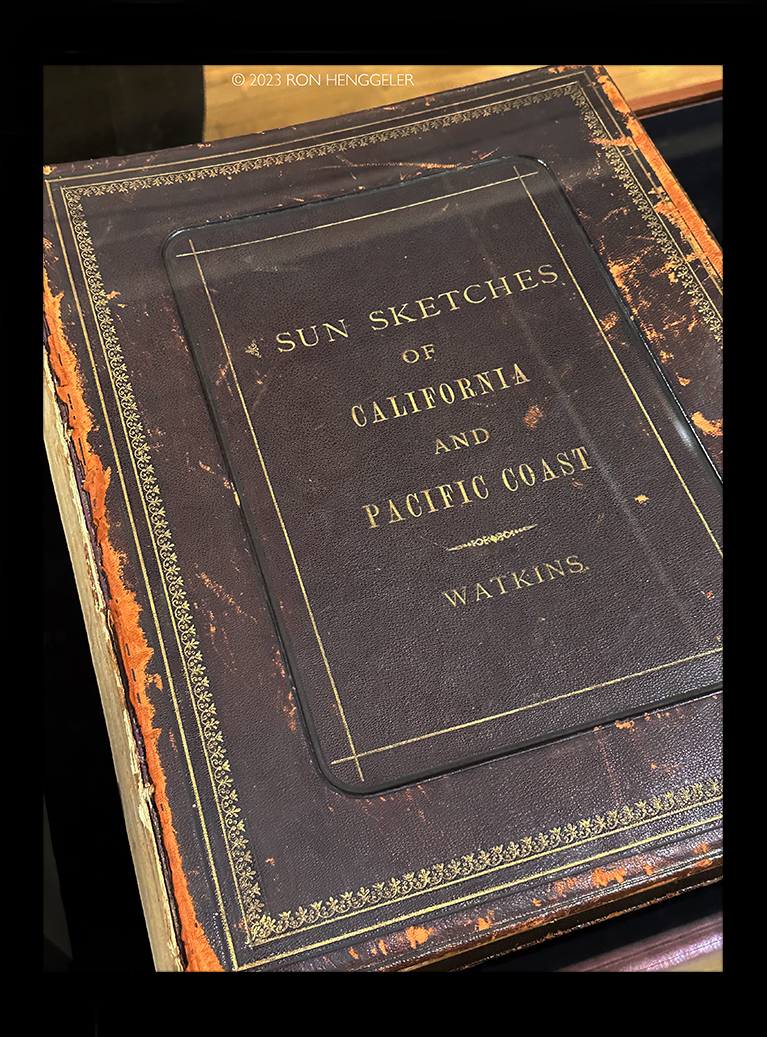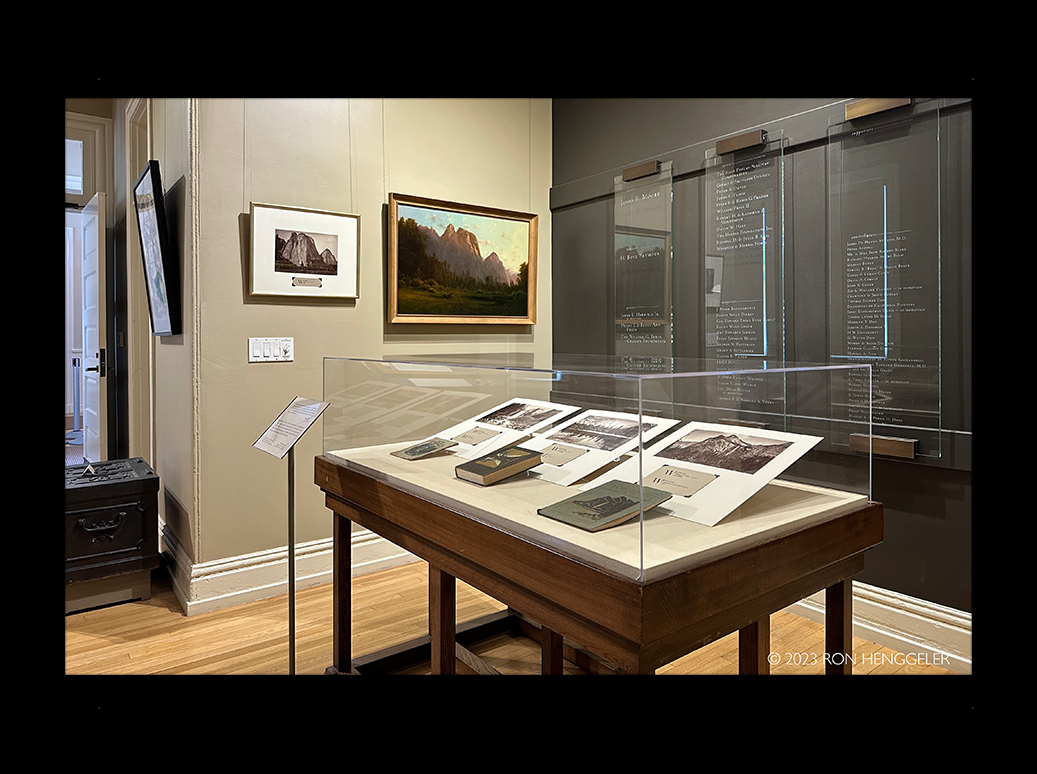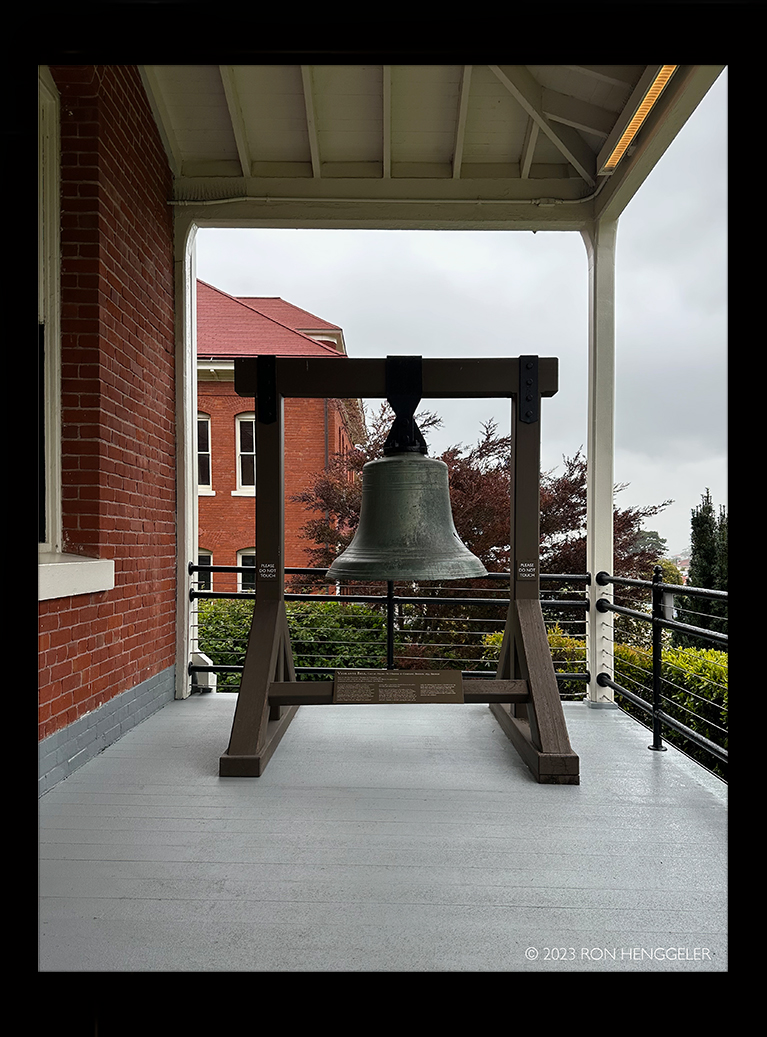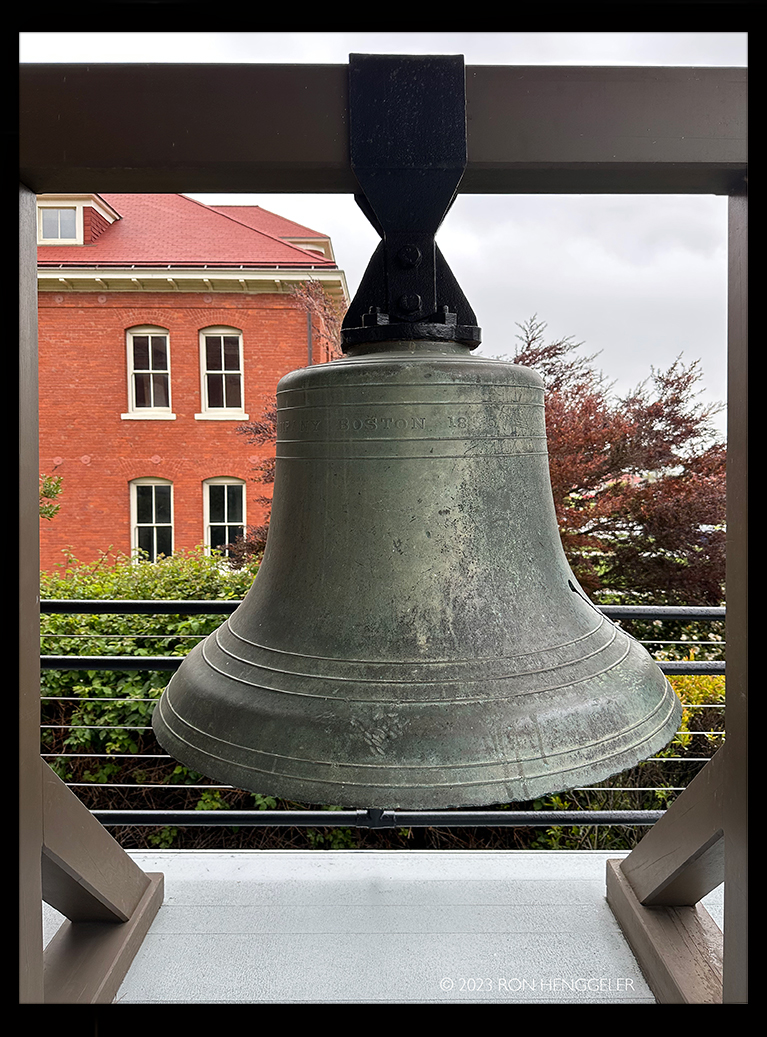RON HENGGELER |
April 10, 2023
|
||
Muybridge. Fiske. Watkins. |
||
|
||
YosemiteThrough Three Lens |
||
Yosemite Through Three Lenses features nineteenth-century mammoth prints, stereoviews, and cabinet cards of what is now Yosemite National Park by three pioneers of California landscape photography: Eadweard Muybridge, George Fiske, and Carleton Watkins. Of the three photographers, Muybridge was the most inventive; to him, the expansive Yosemite landscape presented a technical challenge to overcome. Watkins was the businessman; he understood the commercial value of images of Yosemite. Fiske was the romantic; he devoted his life to exploring and capturing the unique beauty of the region he called home. |
||
|
||
Society of California Pioneers |
||
 |
||
|
||
Society of California Pioneers |
||
|
||
|
||
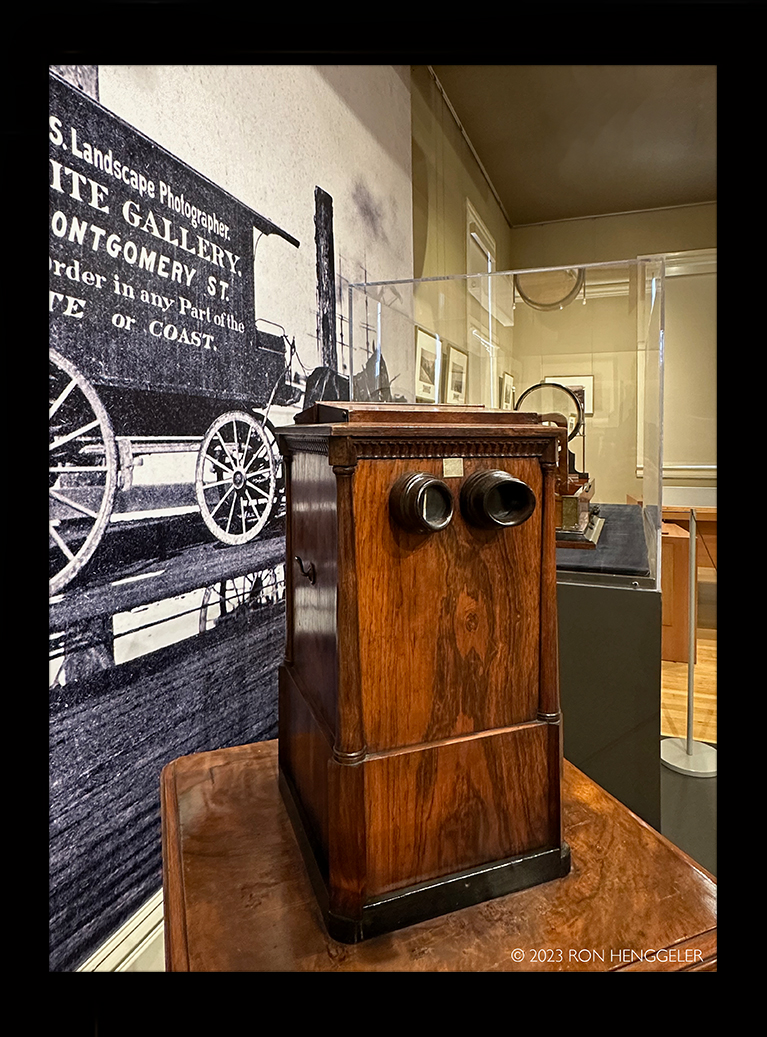 |
||
|
||
|
||
THE AESTHETIC LENS OF GEORGE FISKE |
||
|
||
Yosemite ViewsGeorge Fiskecirca 1880 |
||
|
||
Yosemite ViewsGeorge Fiskecirca 1880 |
||
|
||
Yosemite ViewsGeorge Fiskecirca 1880 |
||
|
||
|
||
|
||
Yosemite ViewsGeorge Fiskecirca 1880 |
||
|
||
Yosemite ViewsGeorge Fiskecirca 1880 |
||
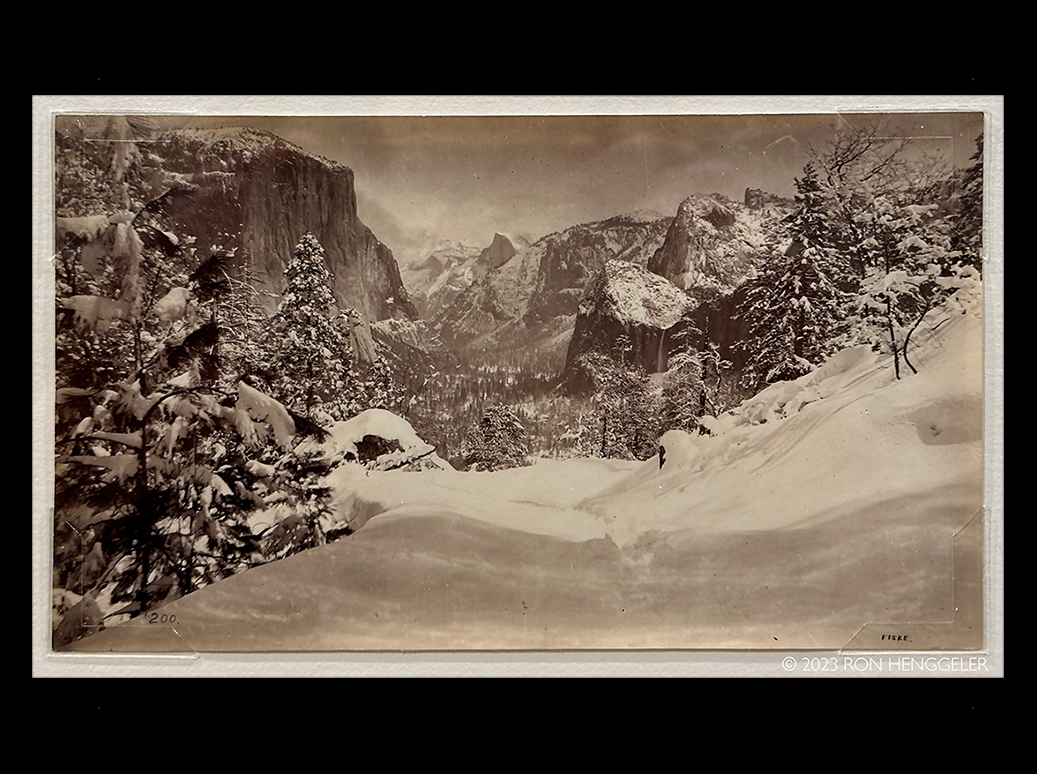 |
||
Yosemite ViewsGeorge Fiskecirca 1880 |
||
|
||
Yosemite ViewsGeorge Fiskecirca 1880 |
||
|
||
Yosemite ViewsGeorge Fiskecirca 1880 |
||
|
||
Yosemite ViewsGeorge Fiskecirca 1880 |
||
|
||
Yosemite ViewsGeorge Fiskecirca 1880 |
||
|
||
Yosemite ViewsGeorge Fiskecirca 1880 |
||
|
||
Yosemite ViewsGeorge Fiskecirca 1880 |
||
|
||
Yosemite ViewsGeorge Fiskecirca 1880 |
||
|
||
Yosemite ViewsGeorge Fiskecirca 1880 |
||
|
||
Yosemite ViewsGeorge Fiskecirca 1880 |
||
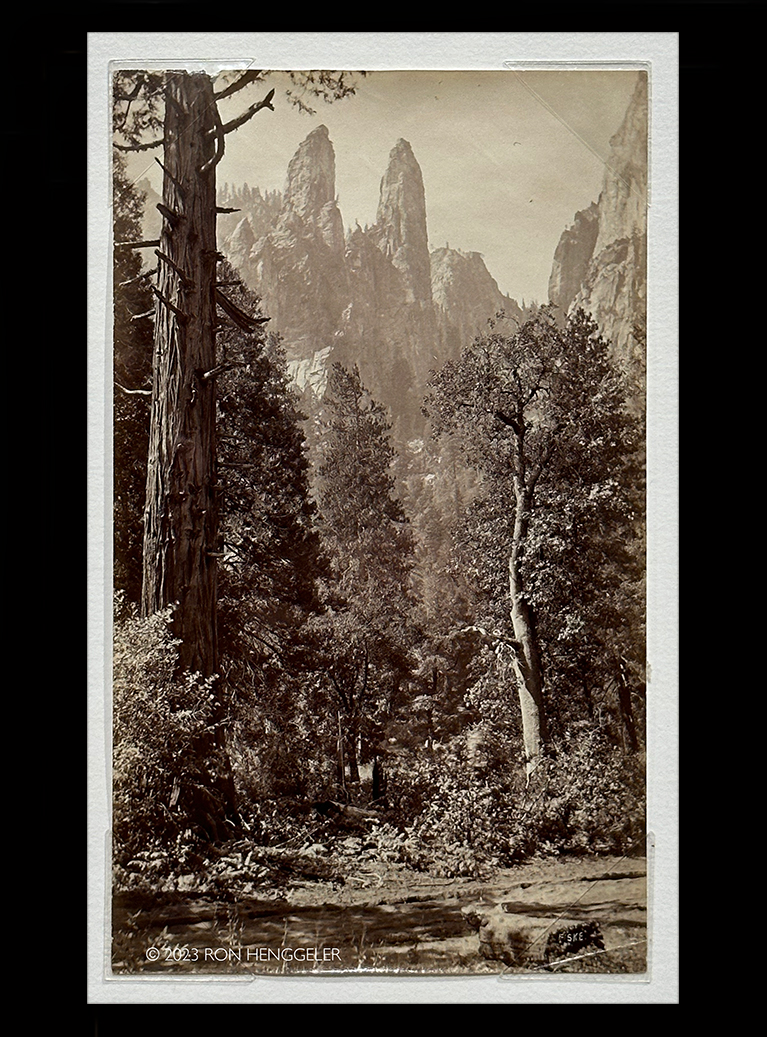 |
||
Yosemite ViewsGeorge Fiskecirca 1880 |
||
|
||
Yosemite ViewsGeorge Fiskecirca 1880 |
||
|
||
Yosemite ViewsGeorge Fiskecirca 1880 |
||
|
||
THE INNOVATIVE LENS OF |
||
|
||
Wild Cat Falls
|
||
|
||
Glacier Channels from Panorama Rock above Yosemite ValleyEadweard Muybridge1872 |
||
|
||
Reflection of the Hunto and the Tokoya in the Merced RiverEadweard Muybridge1872 |
||
|
||
Confluence of the Merced River and
|
||
|
||
|
||
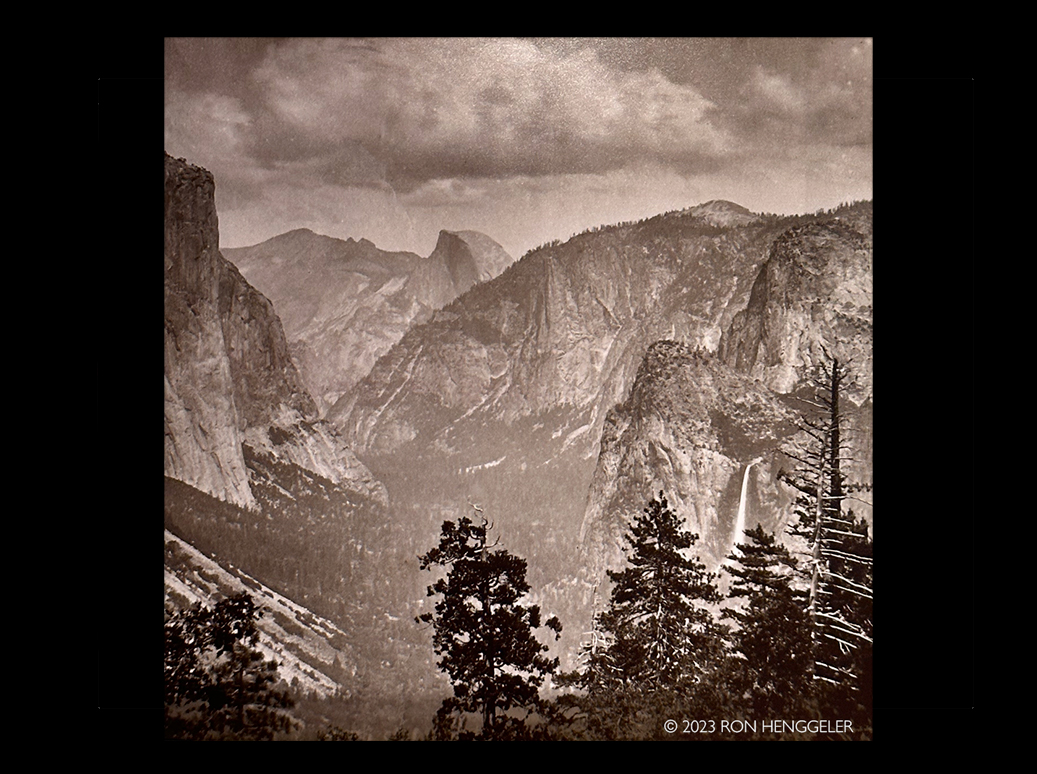 |
||
Yosemite ValleyGeorge Fiske1880 |
||
|
||
|
||
ENTREPRENEURIAL LENS OF CARLETON WATKINS |
||
|
||
Best General View, Mariposa TrailCarleton Watkins1866 |
||
|
||
The Three Brothers, 3,830ft.Carleton Watkins1866 |
||
|
||
|
||
Upper Yosemite Falls, 1,600ftCarleton Watkinscirca 1880 |
||
|
||
Tutukanula Pass in YosemiteCarleton Watkinscirca 1880 |
||
|
||
Pohono, the Bridal Veil, 900ftCarleton Watkins1865 |
||
|
||
Carleton Watkins' Lenscirca 1865 |
||
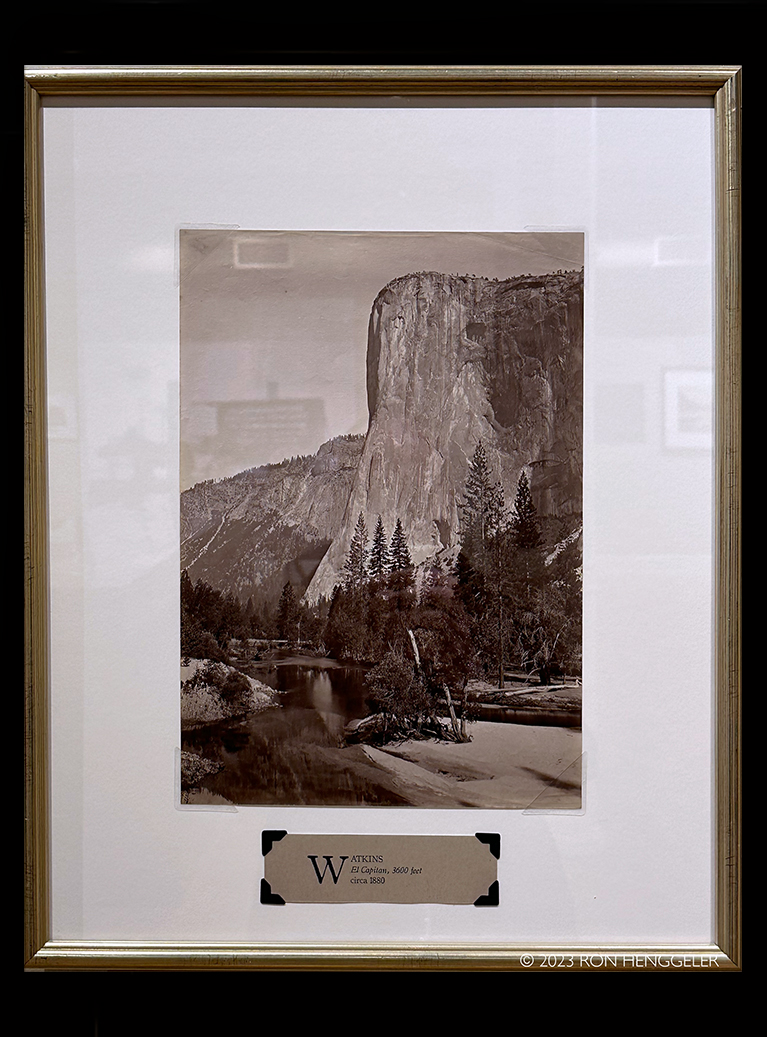 |
||
El Capitan, 3,600ftCarleton Watkinscirca 1880 |
||
|
||
Carleton Watkins' Lenscirca 1865 |
||
|
||
|
||
Society of California Pioneers |
||
|
||
Vigilante Bell |
||
|
||
Vigilante Bellby the Committee of Vigilance of I856 to summon its members, this bell hung from the roof of Fort Gunnybags on Sacramento Street in San Francisco.Vigilance Committees arose in California during the gold rush in the absence of a regular police force. The San Francisco Committee formed in 1851 with 103 members, eventually growing to 600 members and inspiring the organization of other vigilance committees in towns and mining camps across the state. The San Francisco committee hanged four men, whipped one, sentenced twenty-eight to deportation, handed fifteen to the police for trials, and released forty-one.
|
||
|
||
Society of California Pioneers |
||
|
||
|
||
selfie at the Pioneer Society Museum in the Presidio |
||
|
||
San Francisco Presidio |
||
 |
||
San Francisco Presidio |
||
|
||
Newsletters Index: 2023, 2022, 2021 2020, 2019, 2018, 2017, 2016, 2015, 2014, 2013, 2012, 2011, 2010, 2009, 2008, 2007, 2006
Photography Index | Graphics Index | History Index
Home | Gallery | About Me | Links | Contact
© 2023 All rights reserved
The images oon this site are not in the public domain. They are the sole property of the
artist and may not be reproduced on the Internet, sold, altered, enhanced,
modified by artificial, digital or computer imaging or in any other form
without the express written permission of the artist. Non-watermarked copies of photographs on this site can be purchased by contacting Ron.


